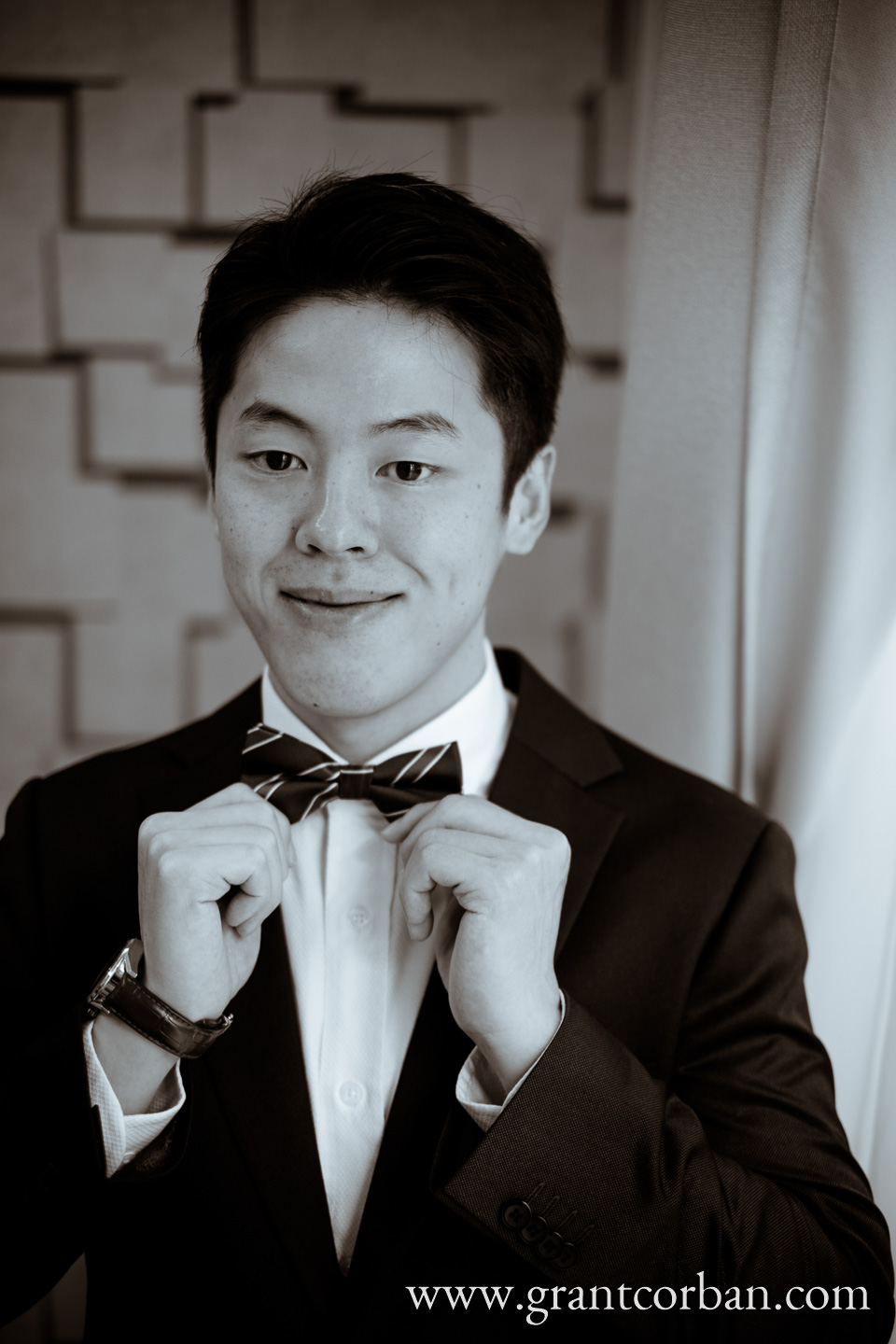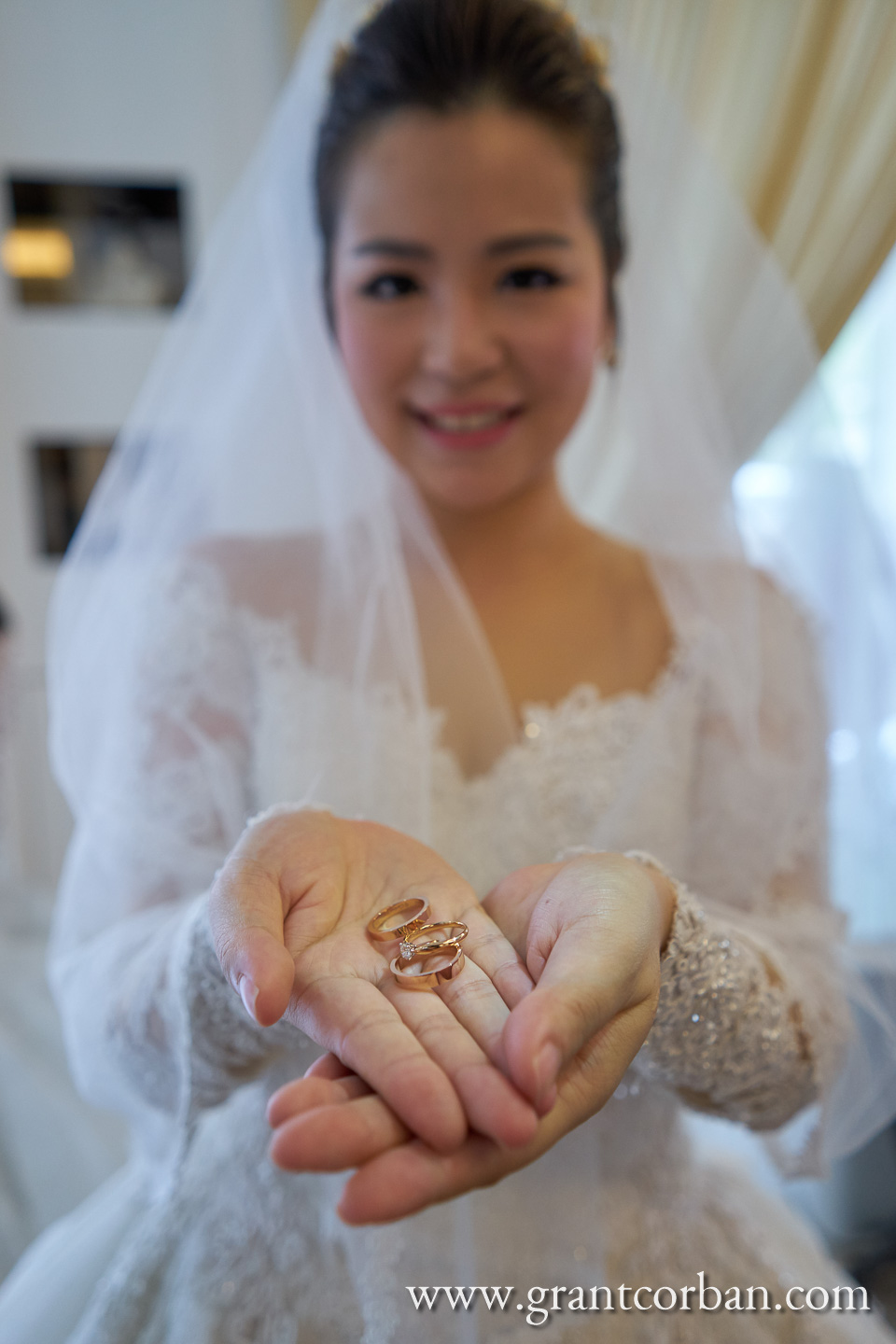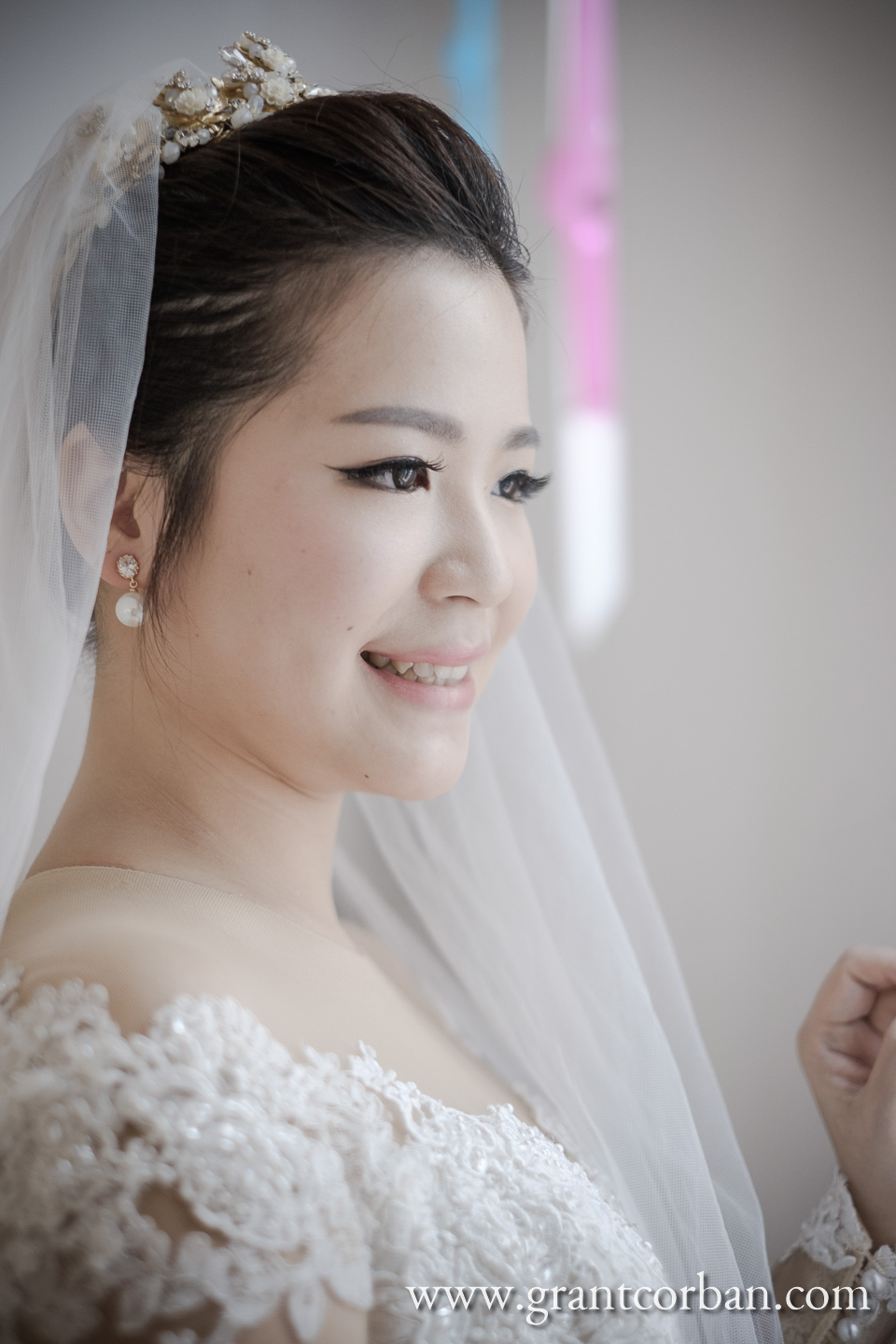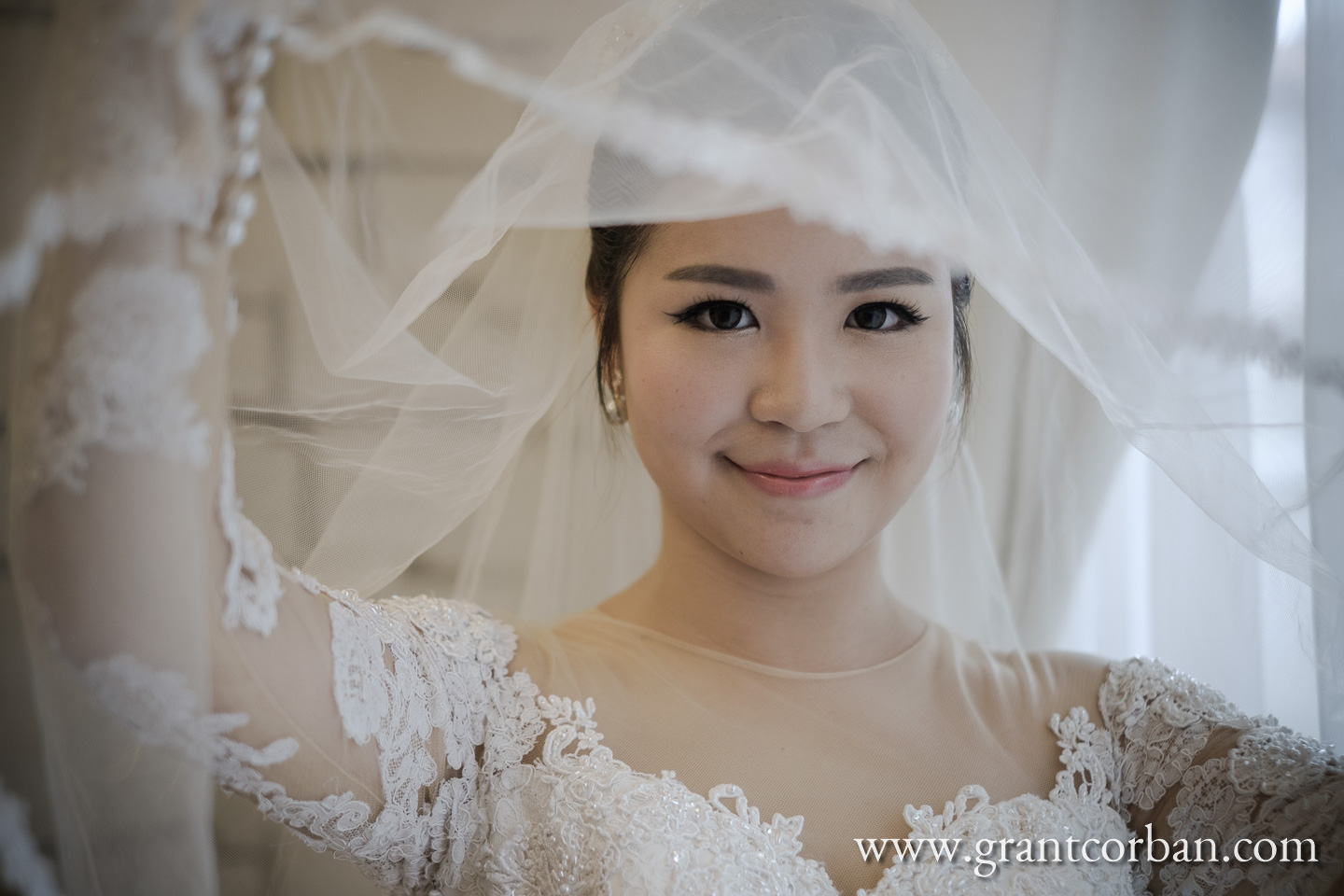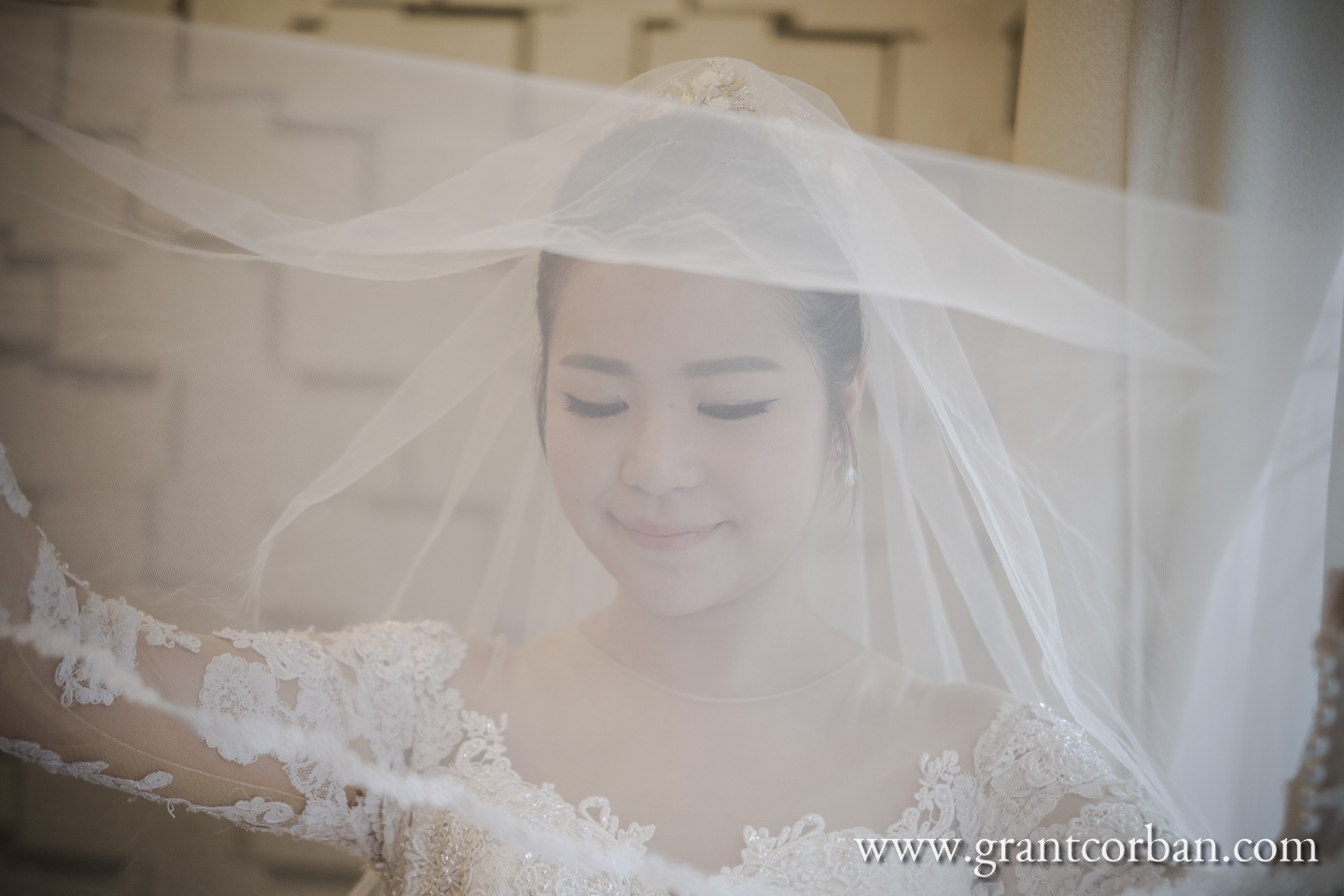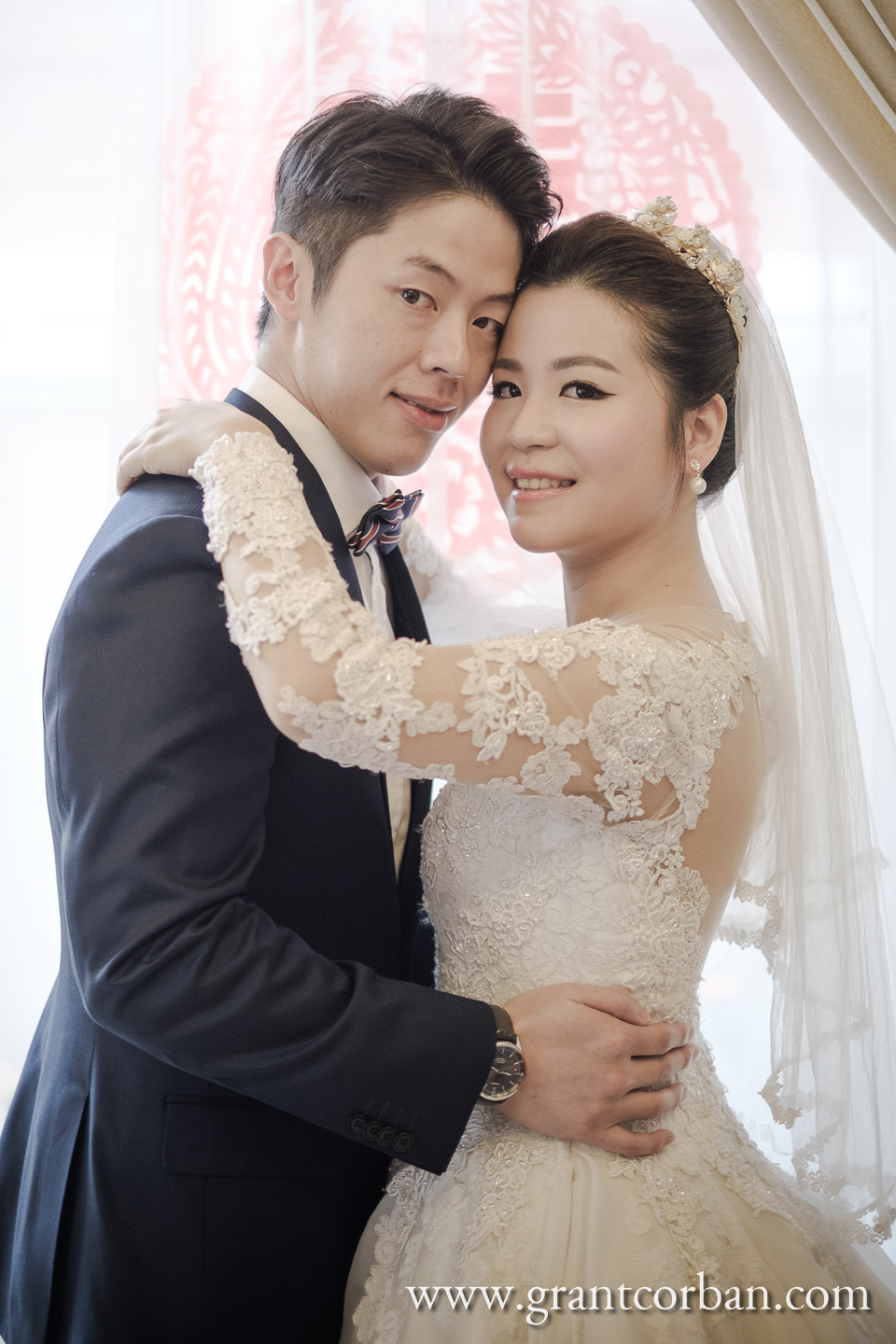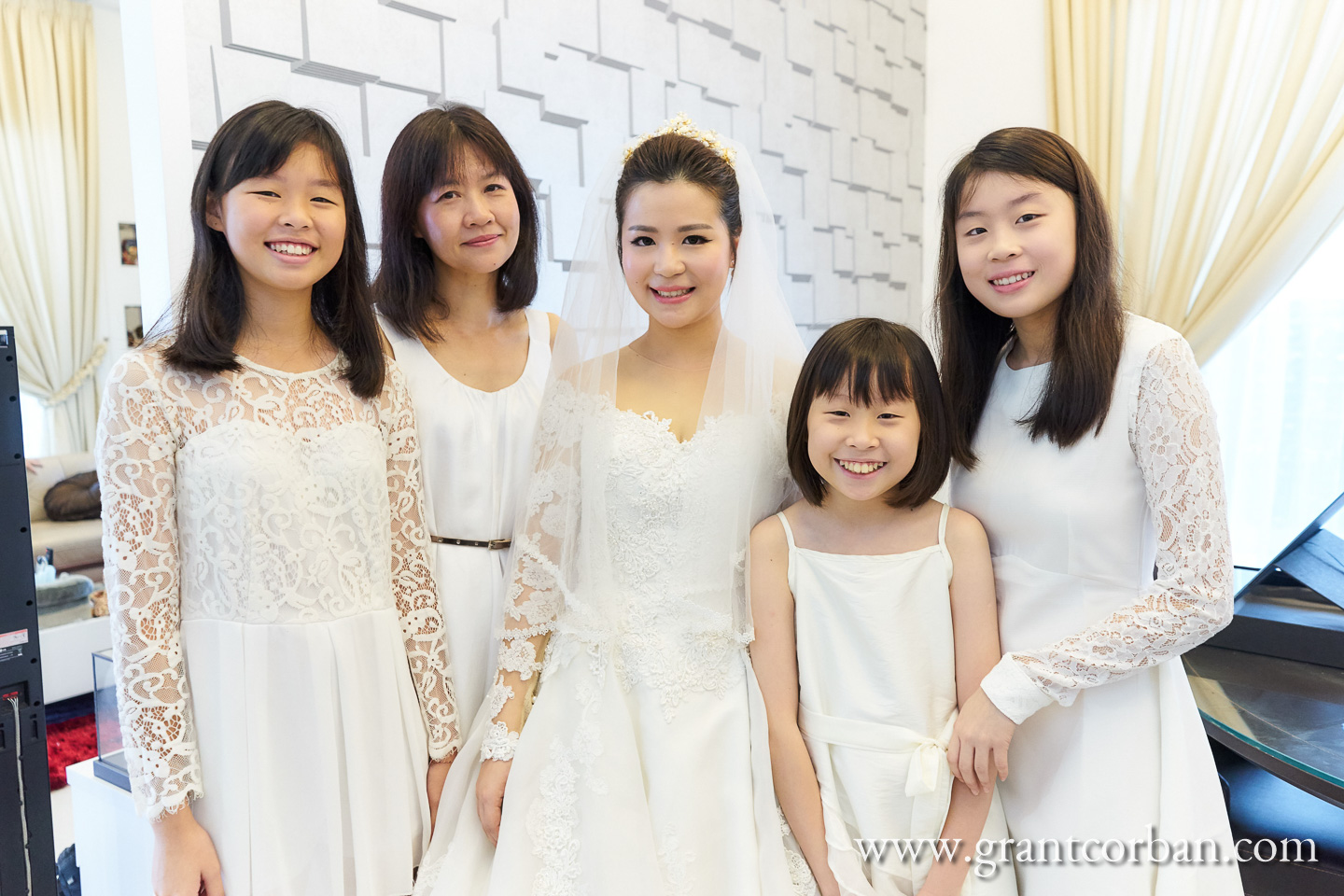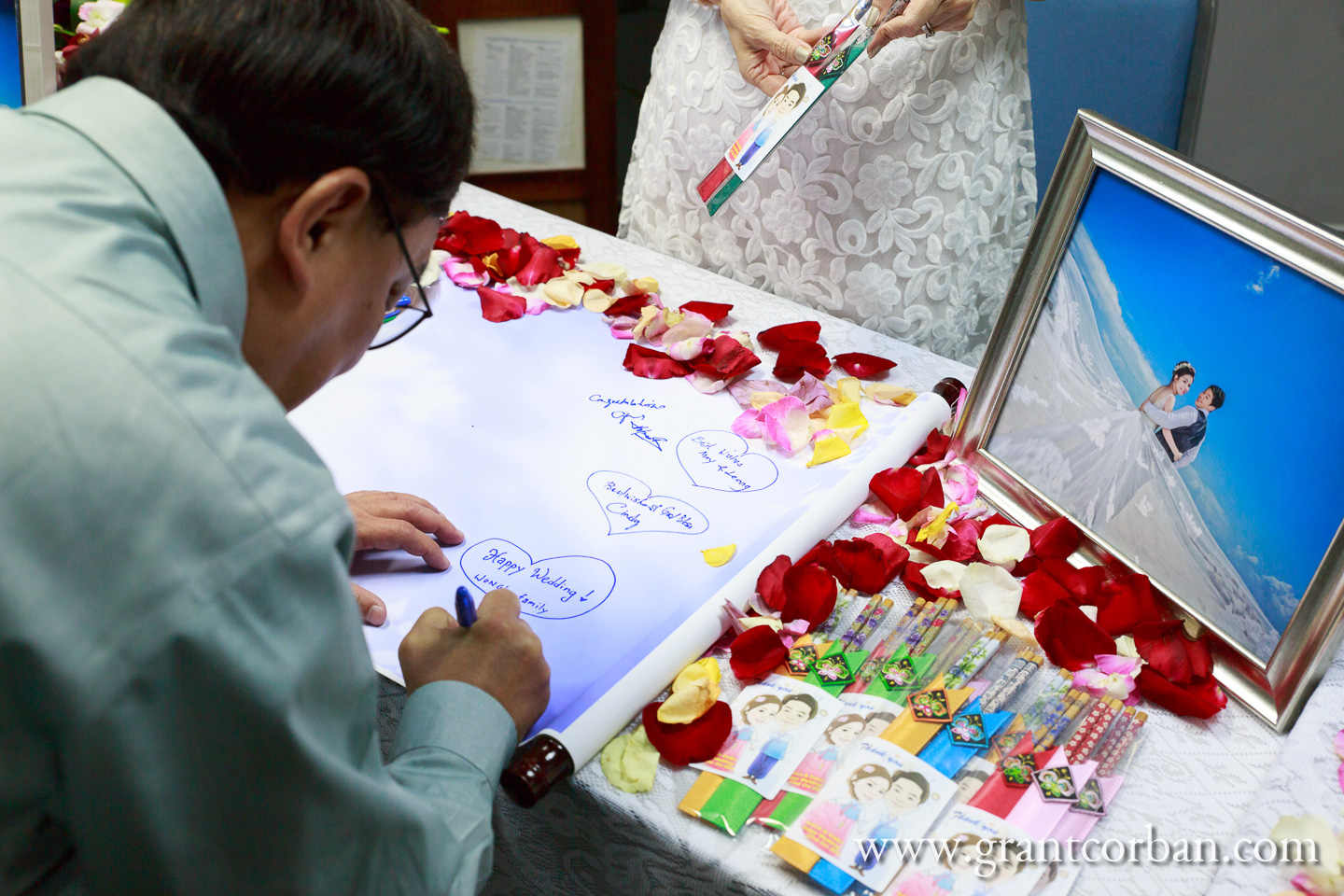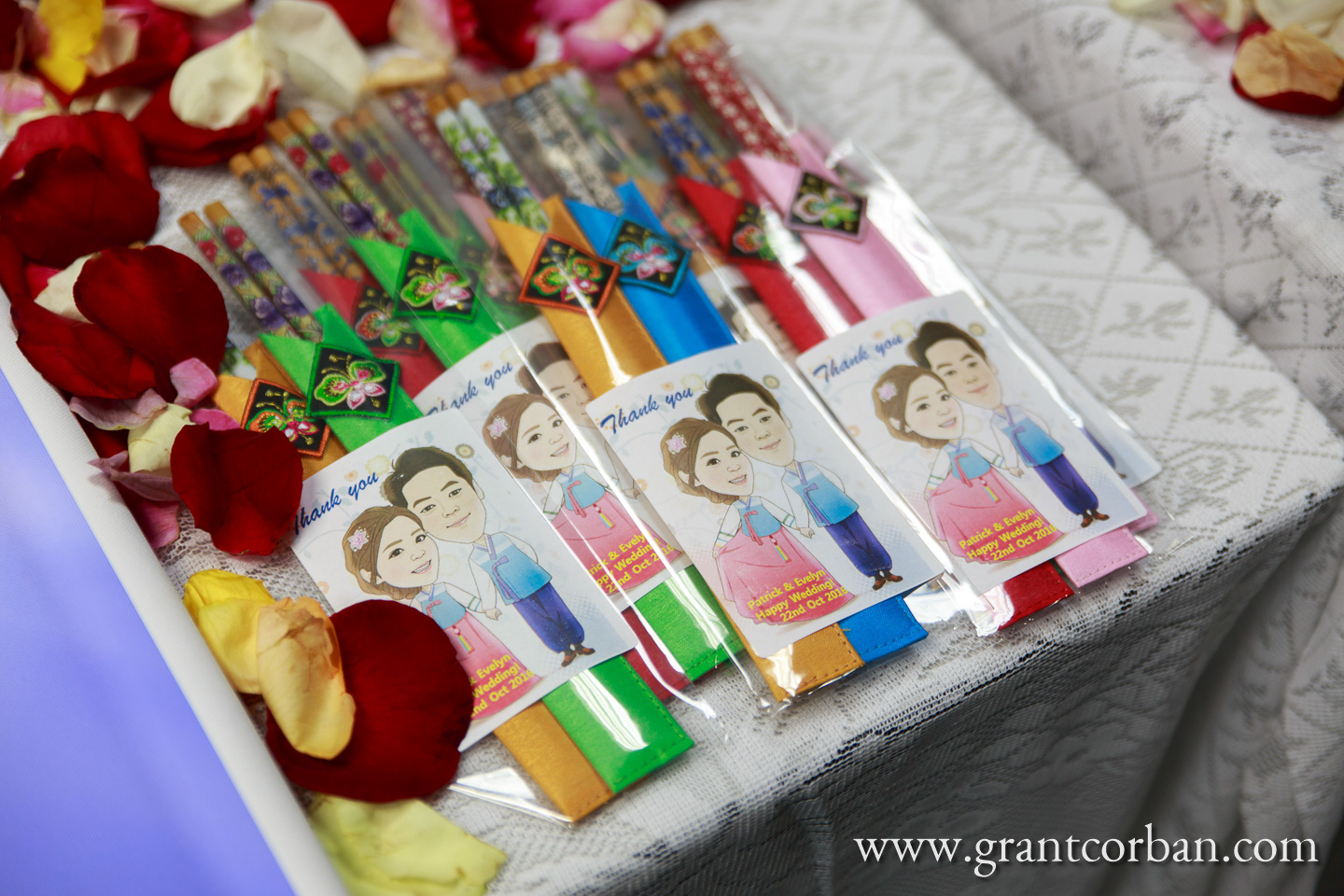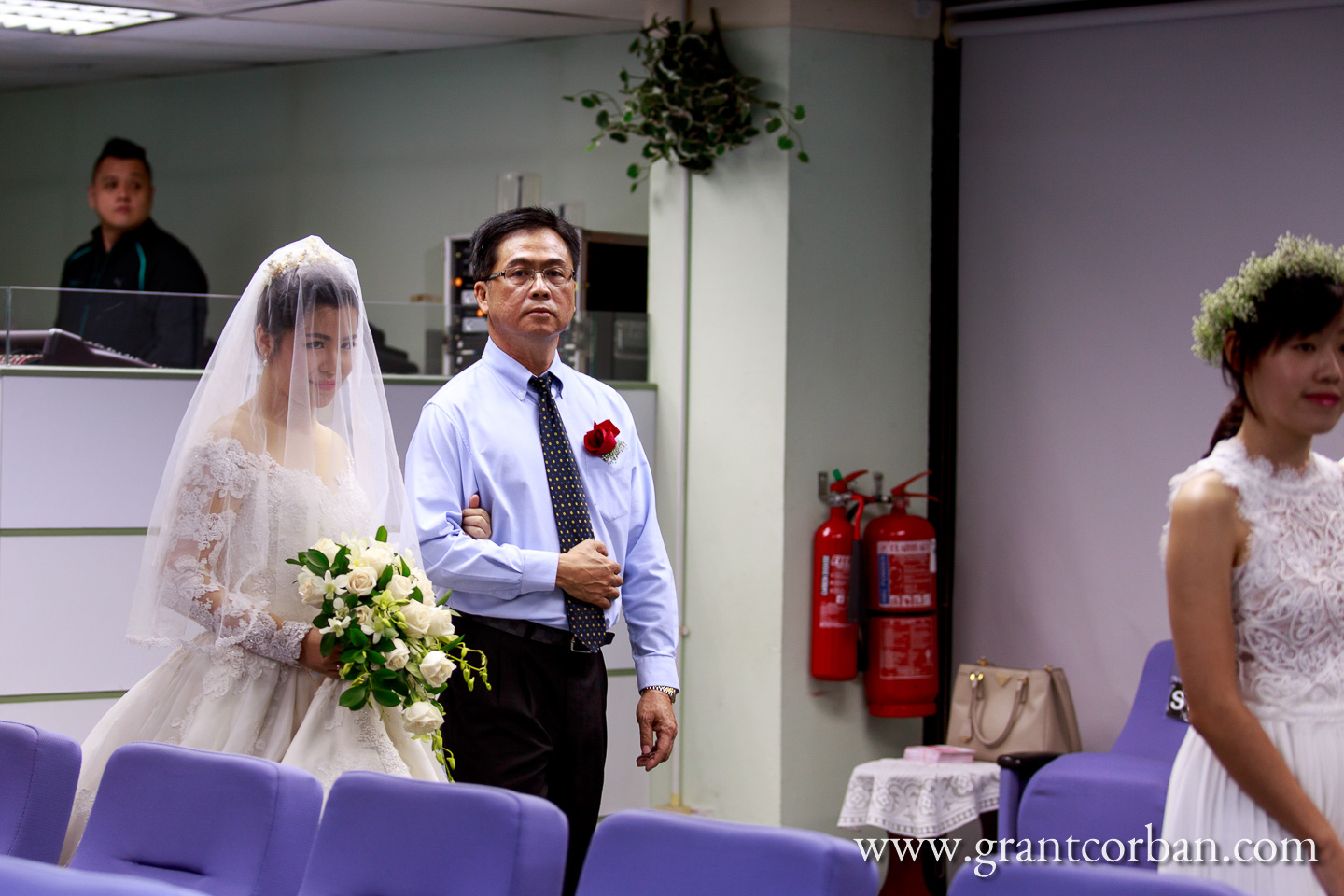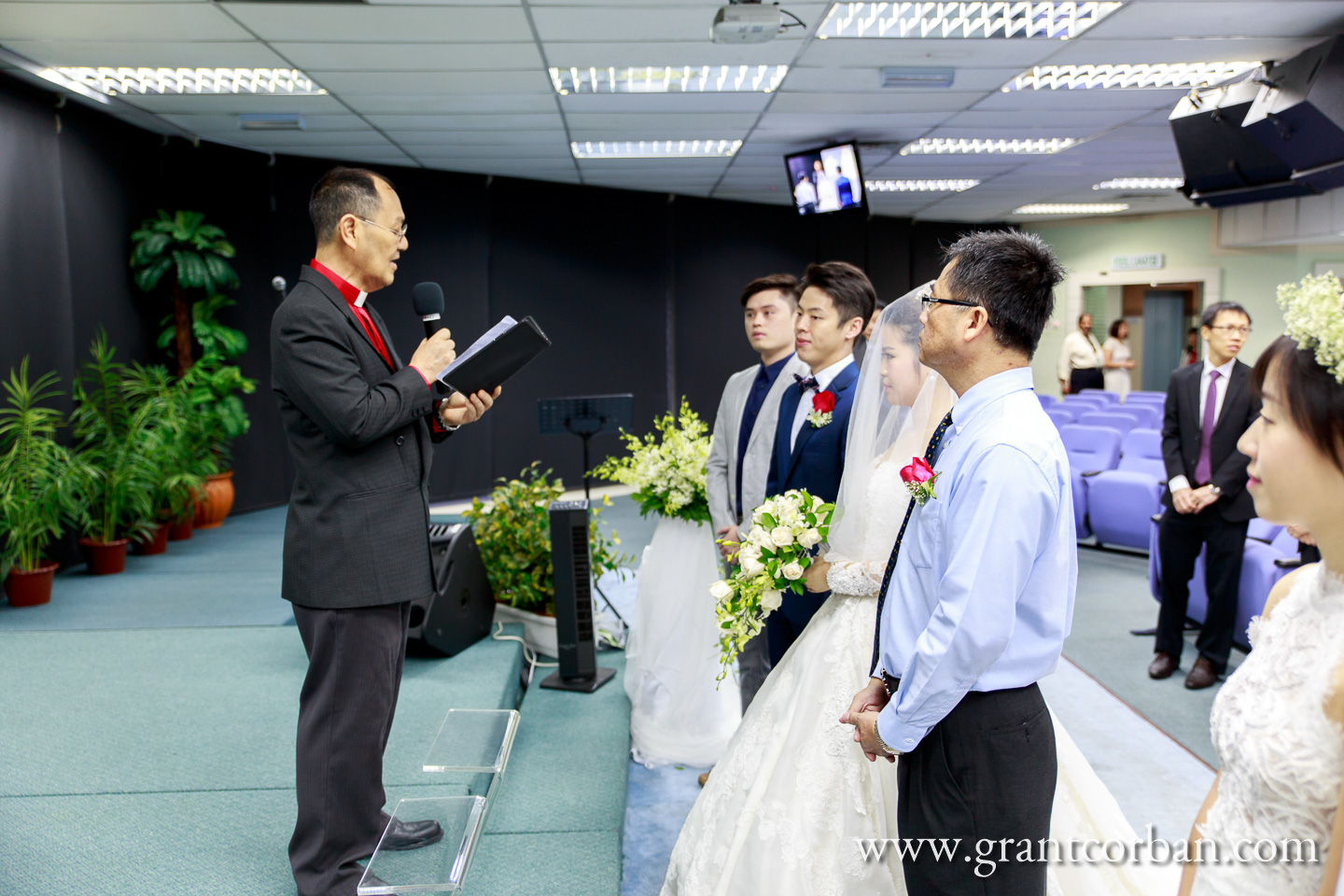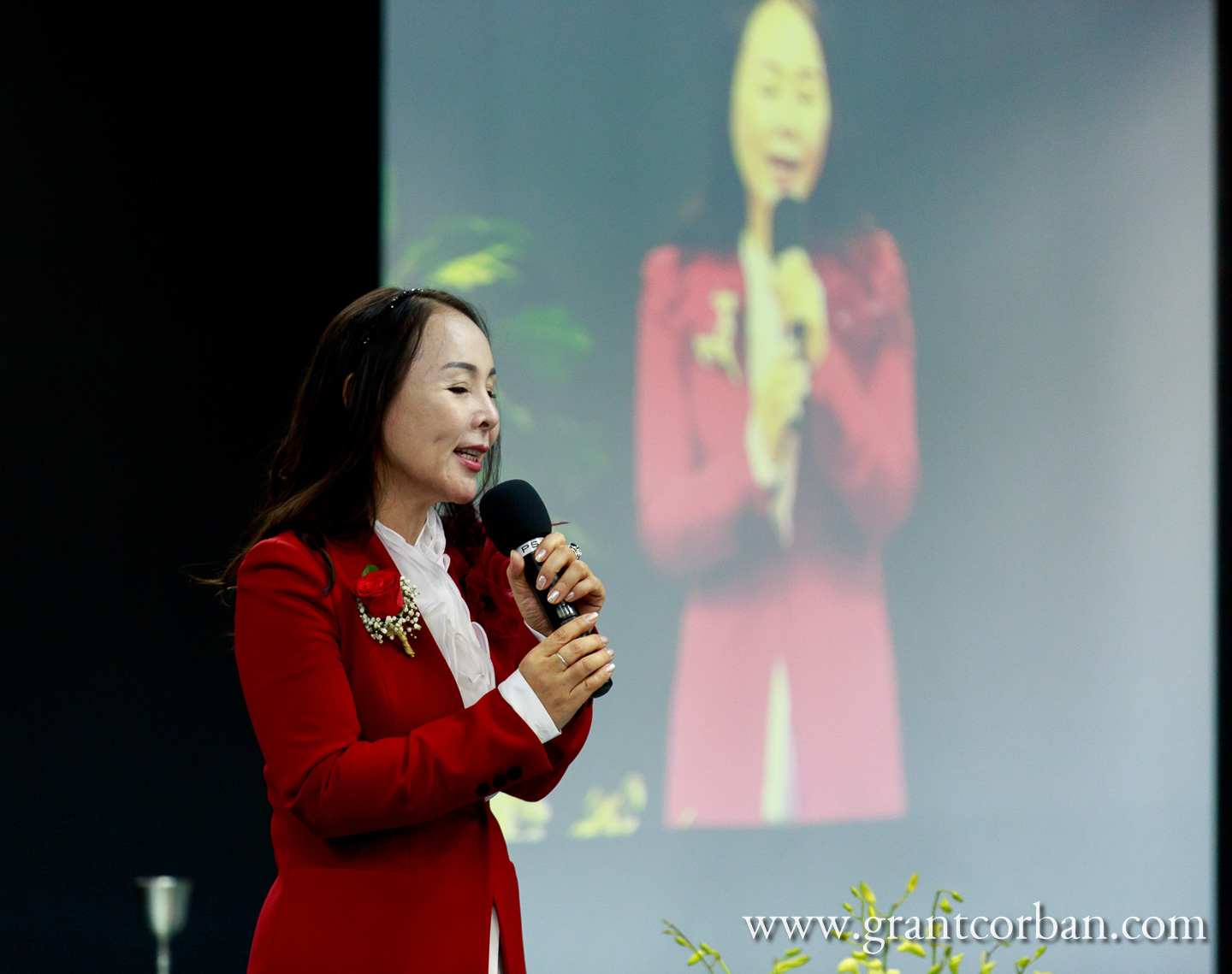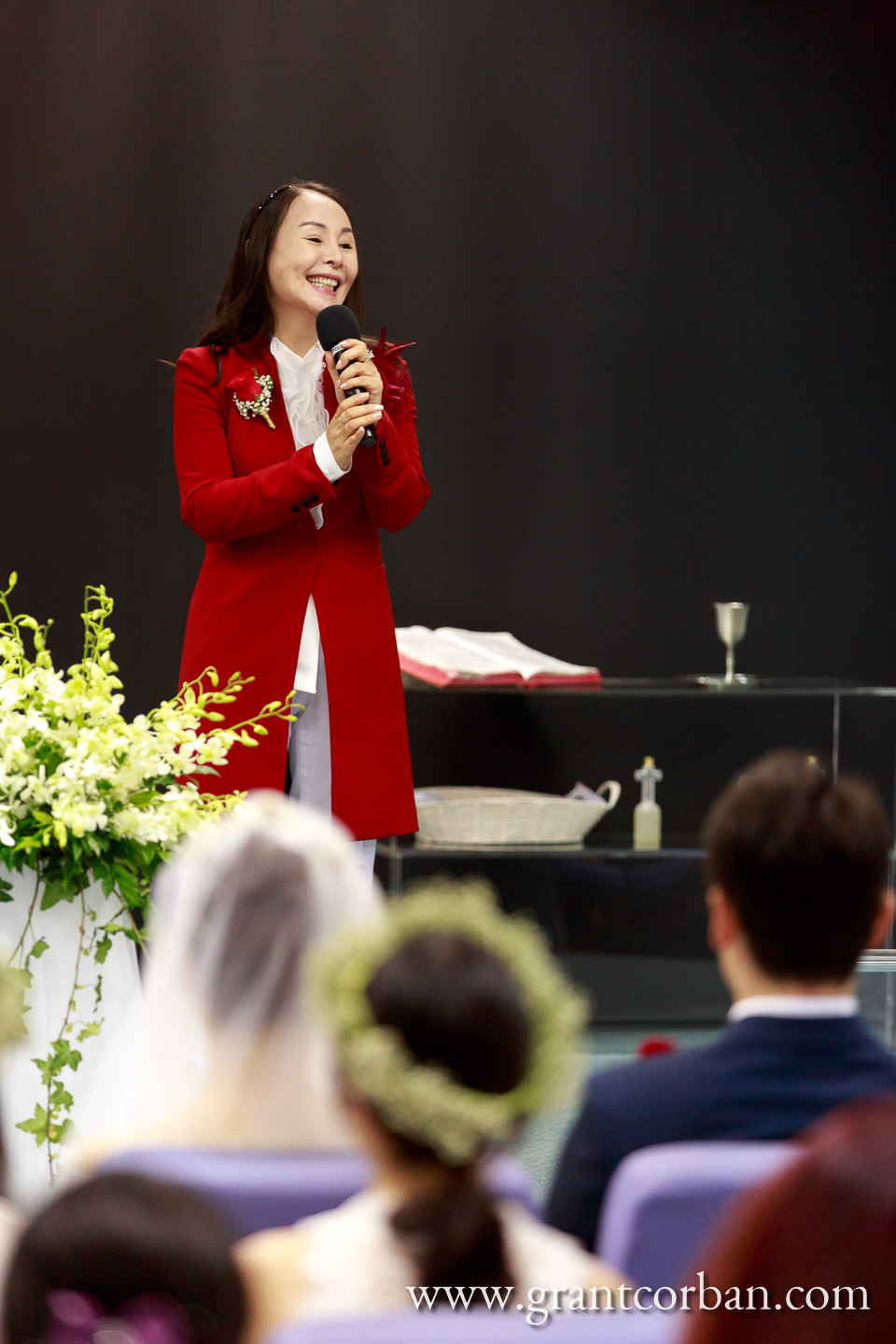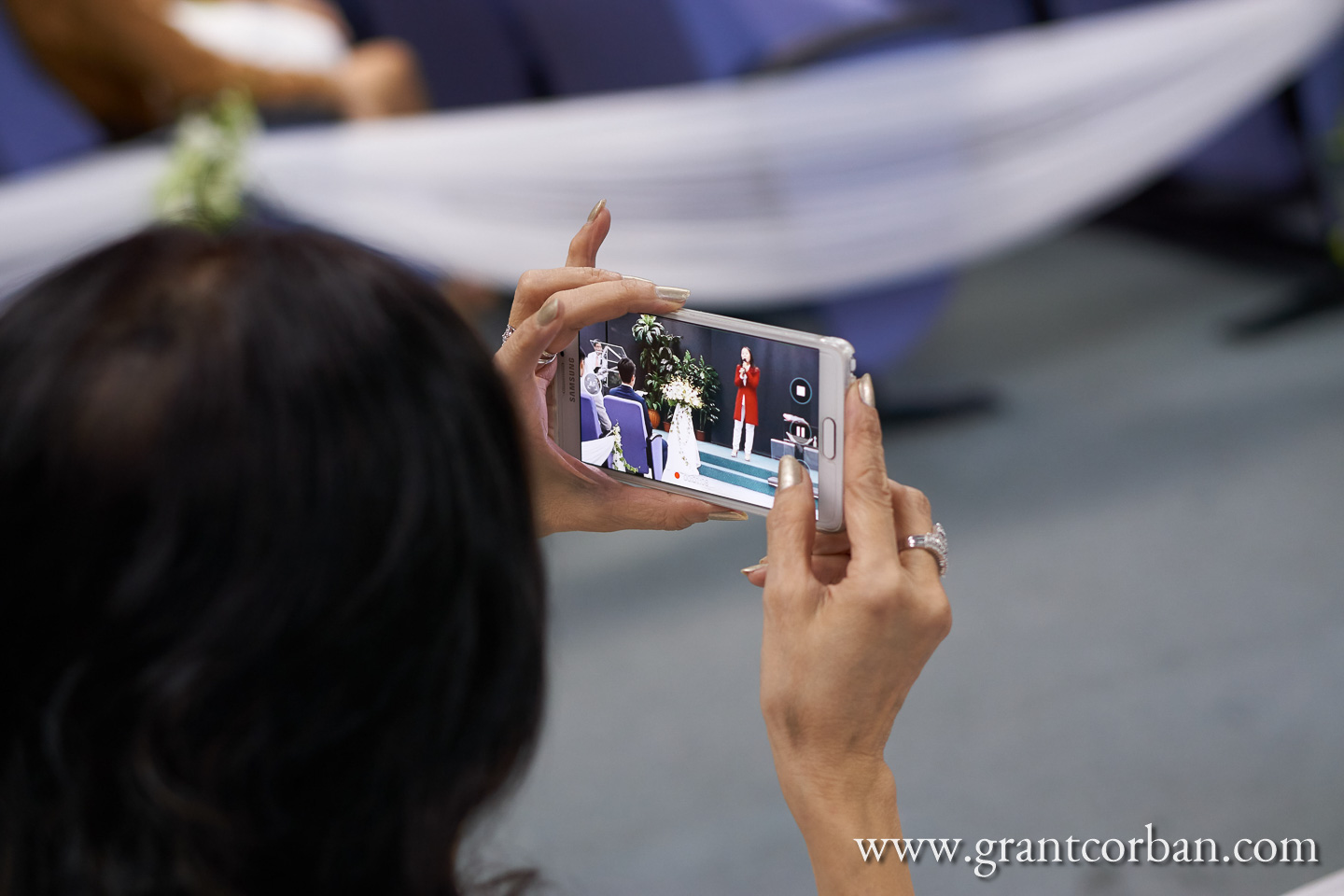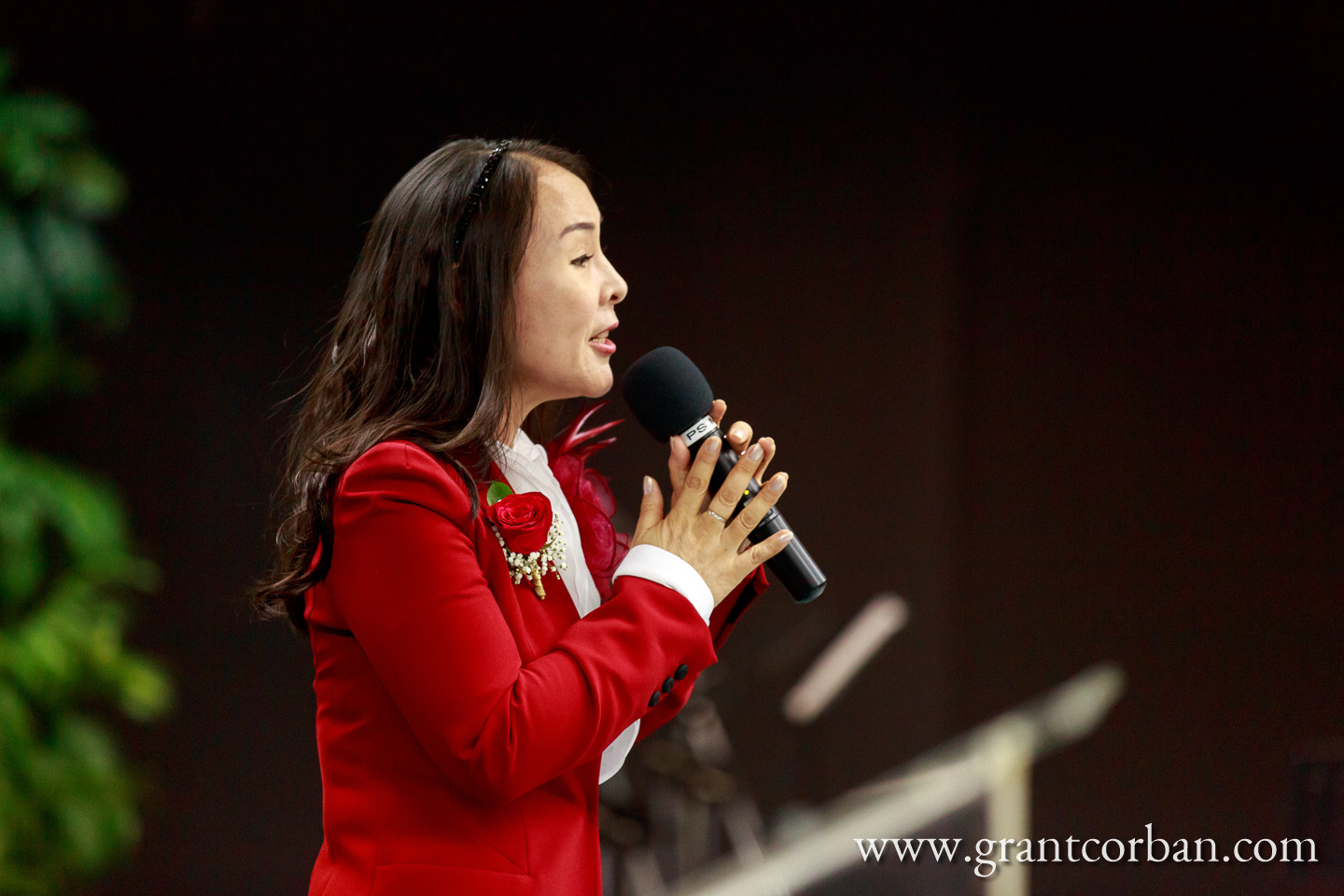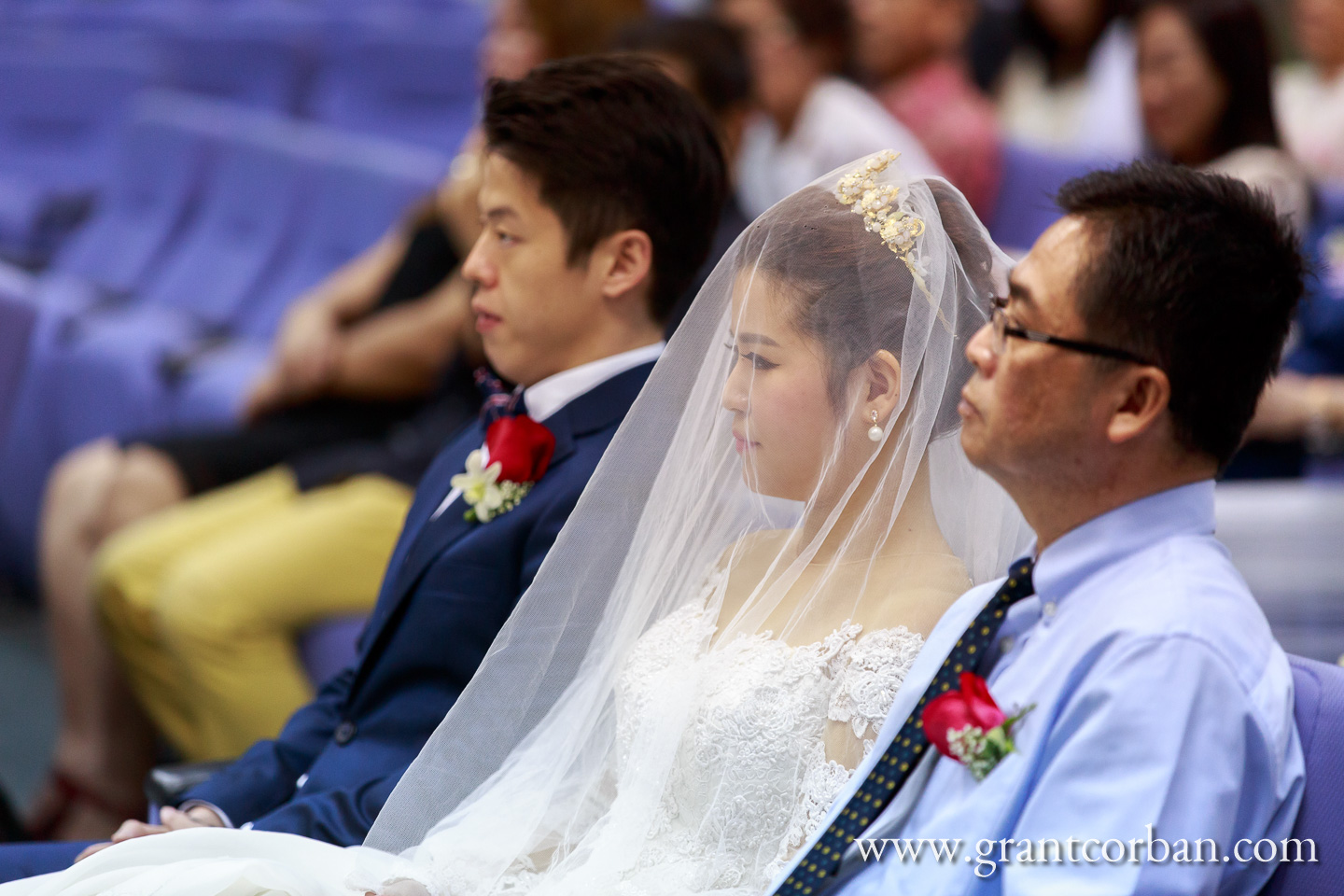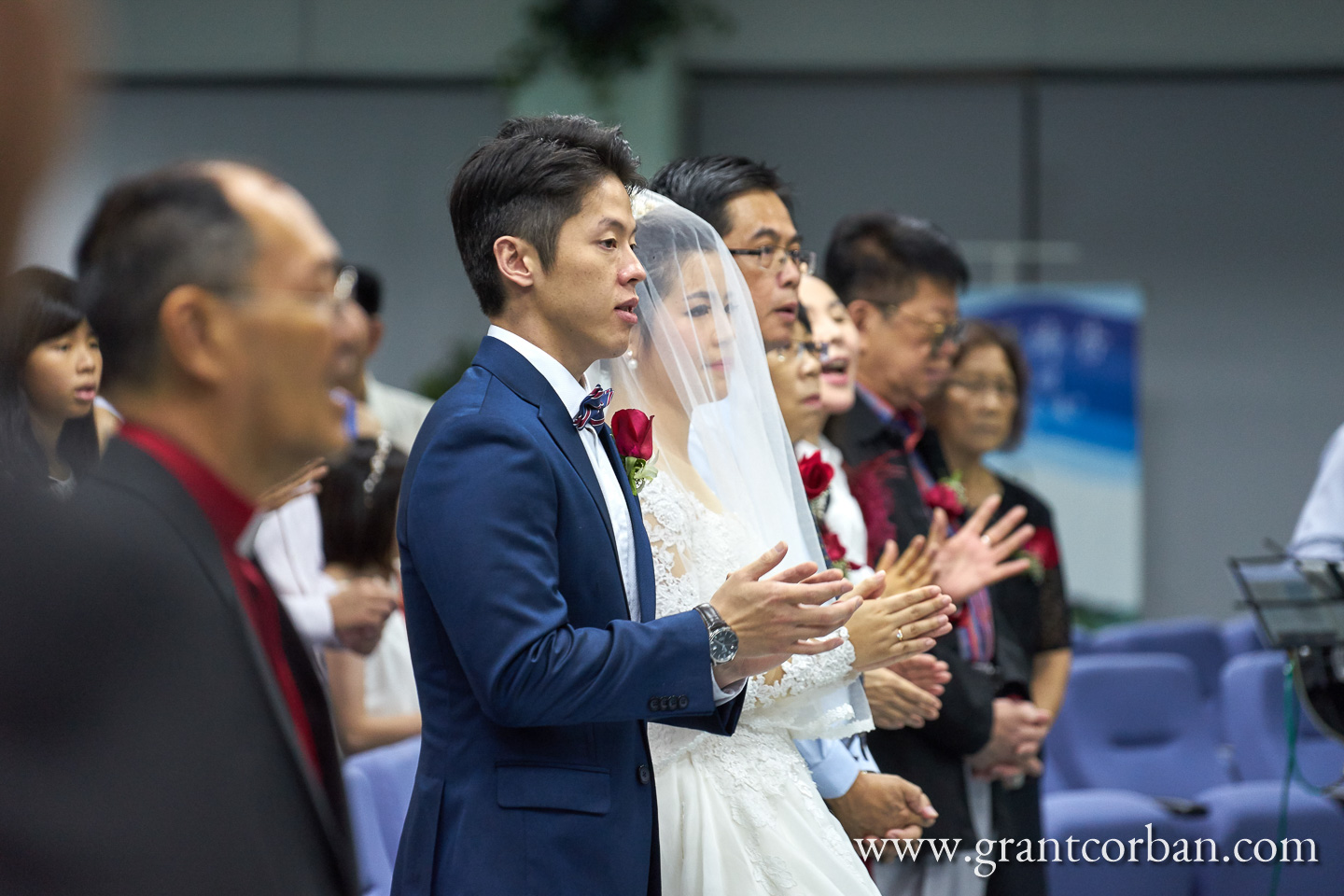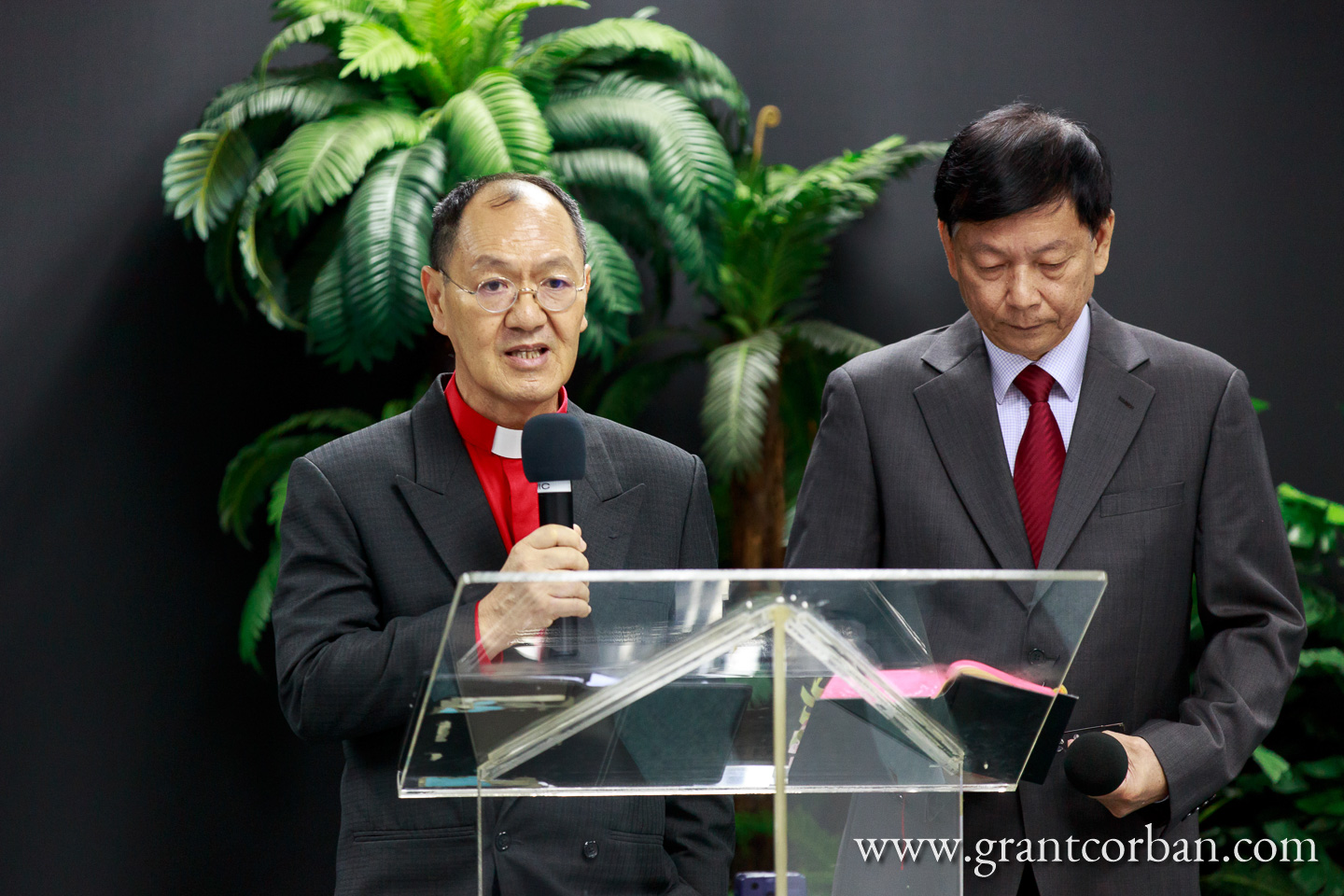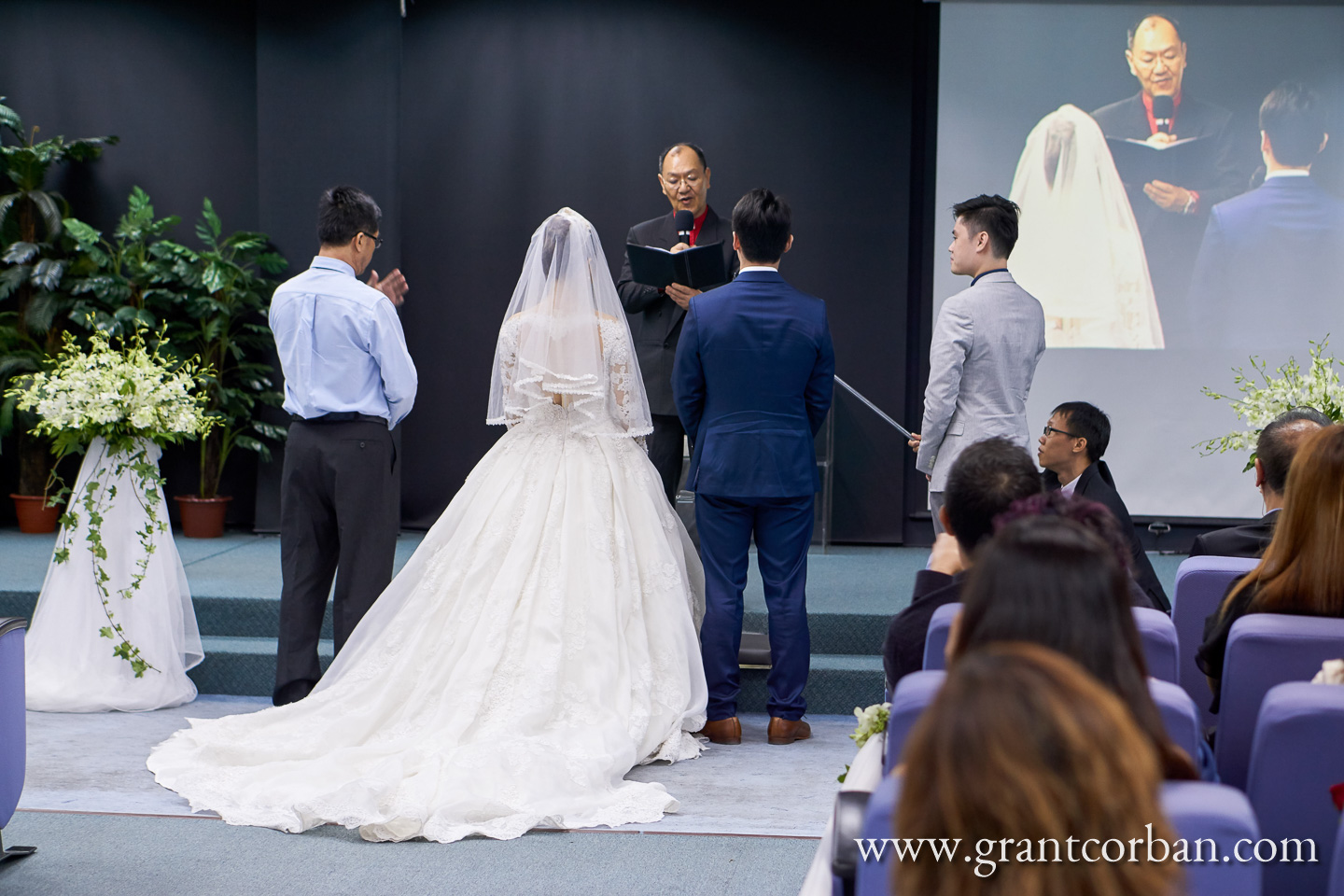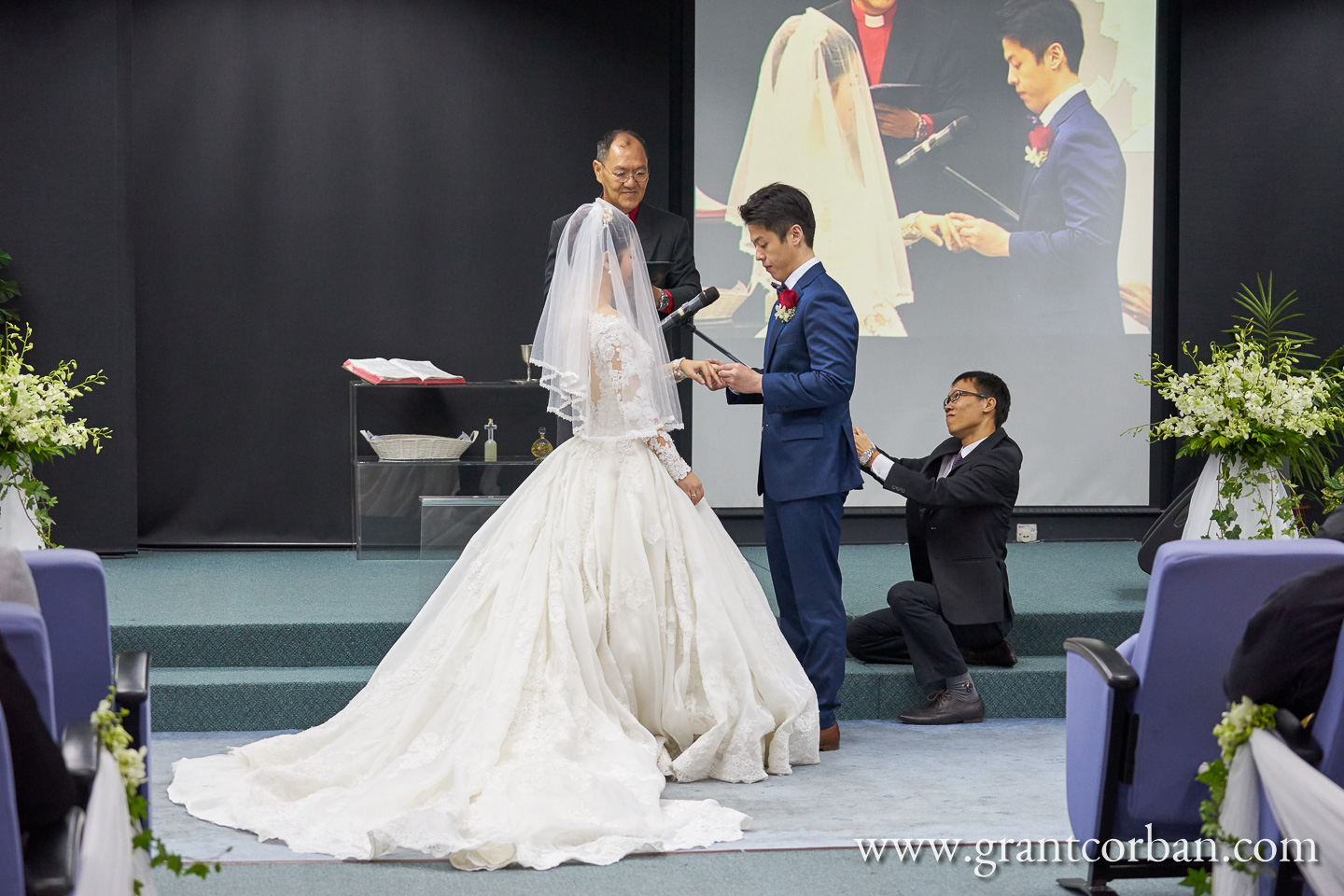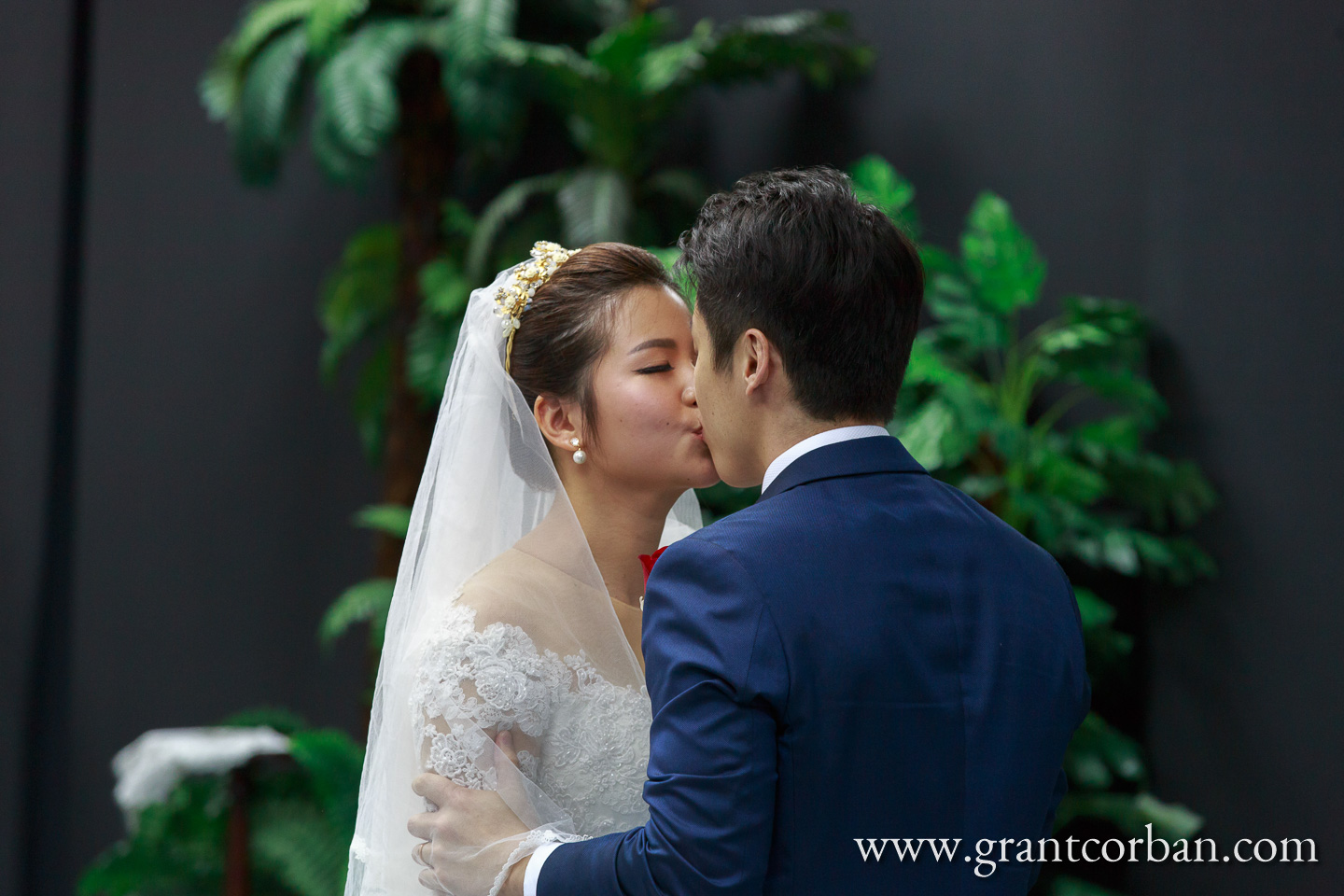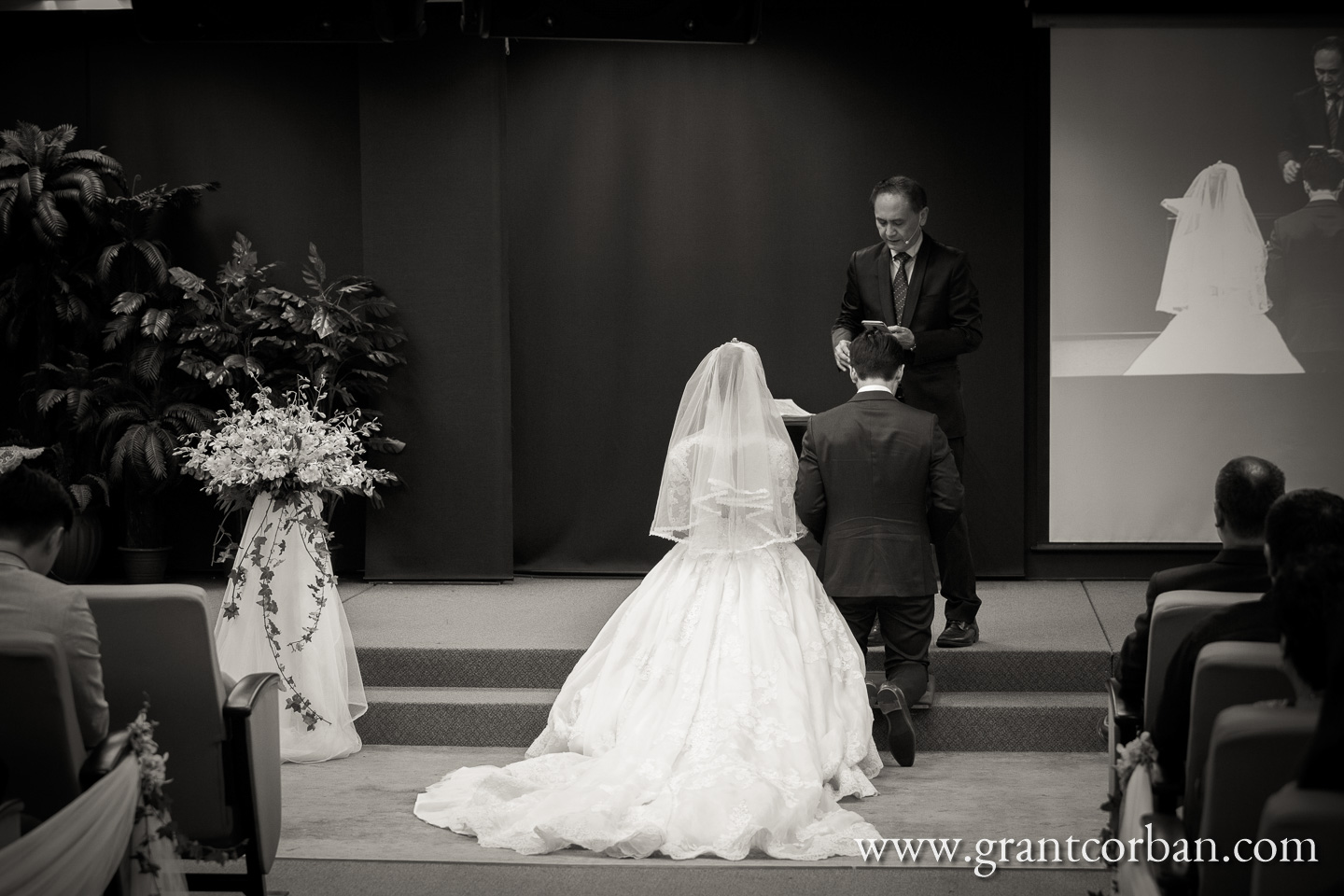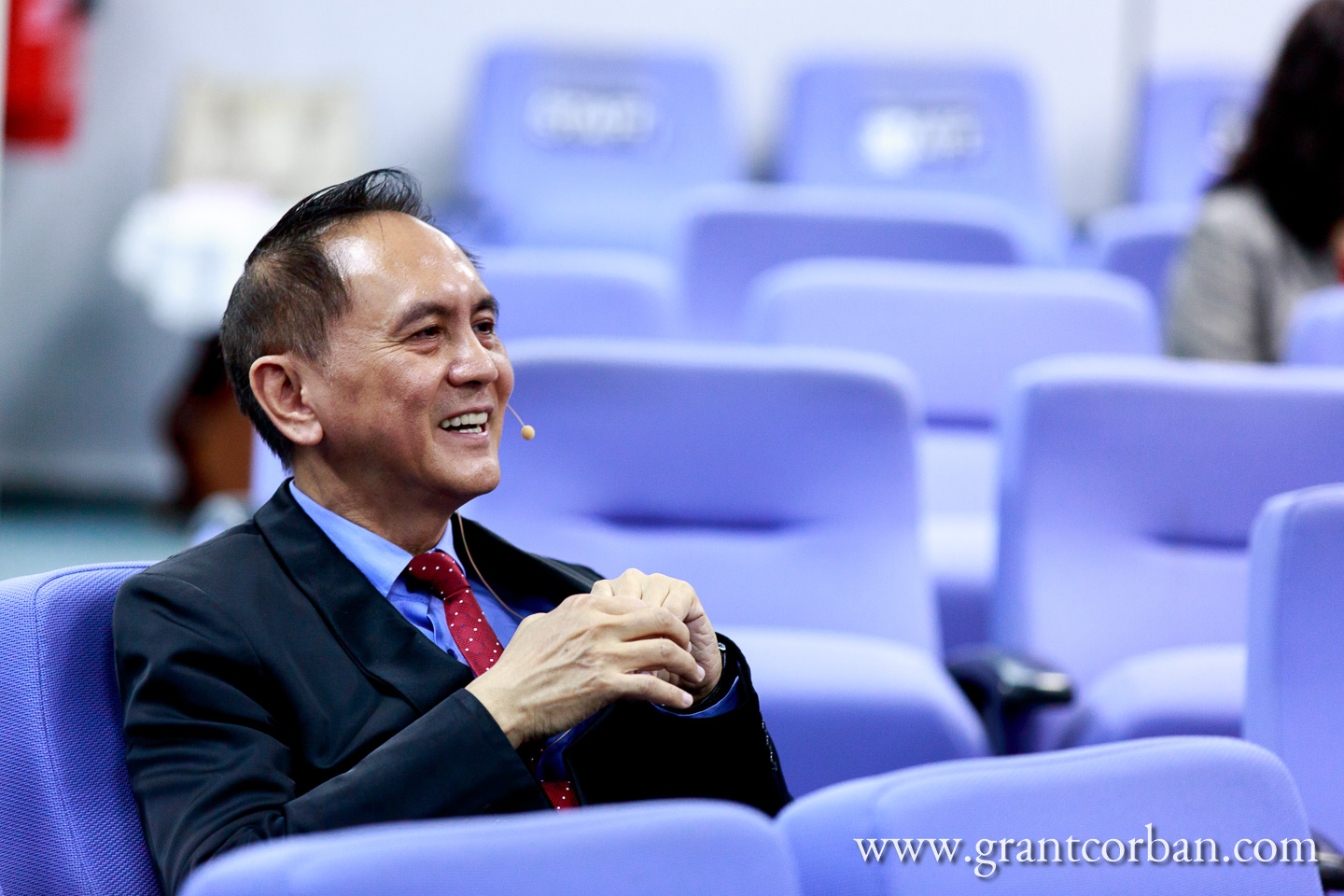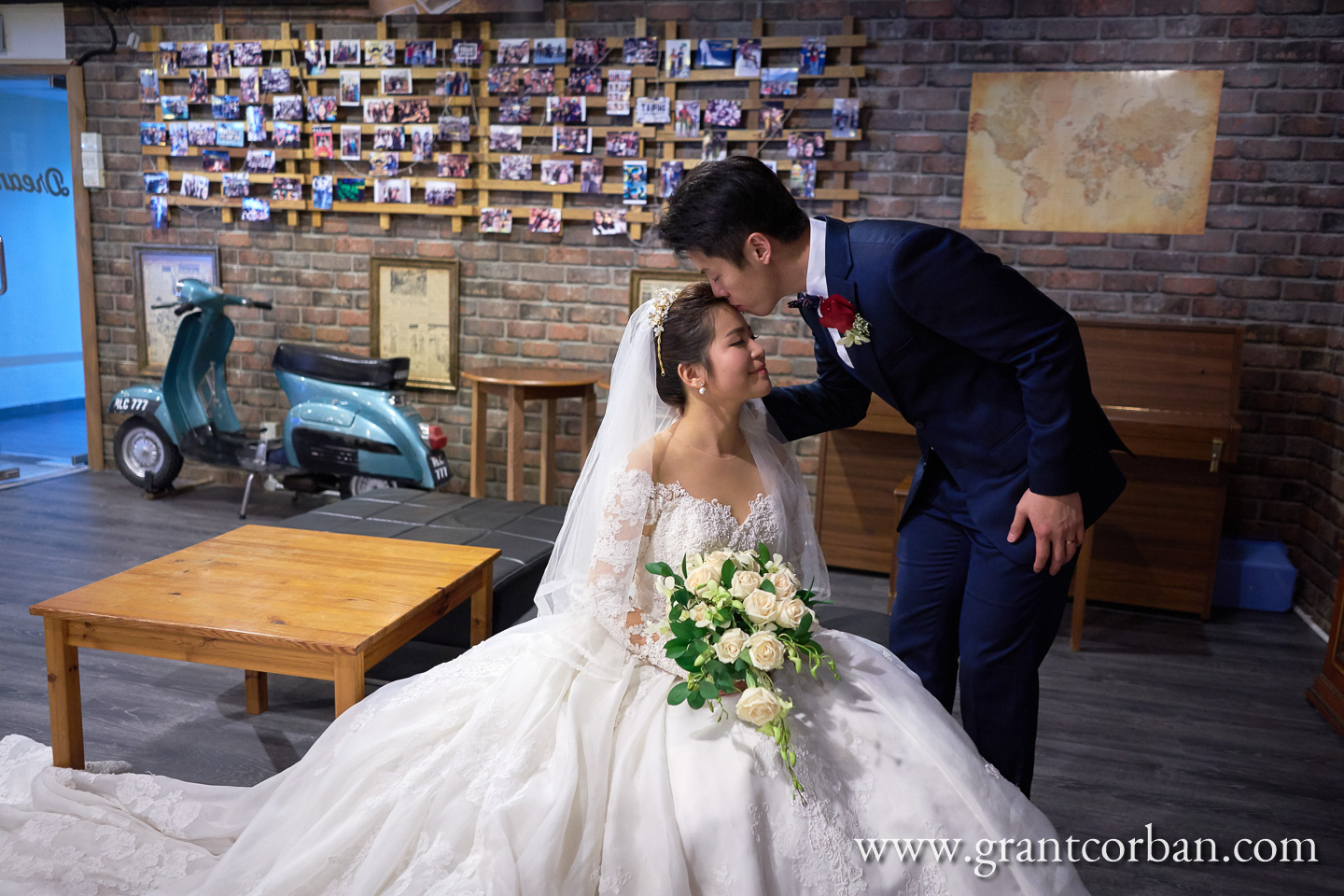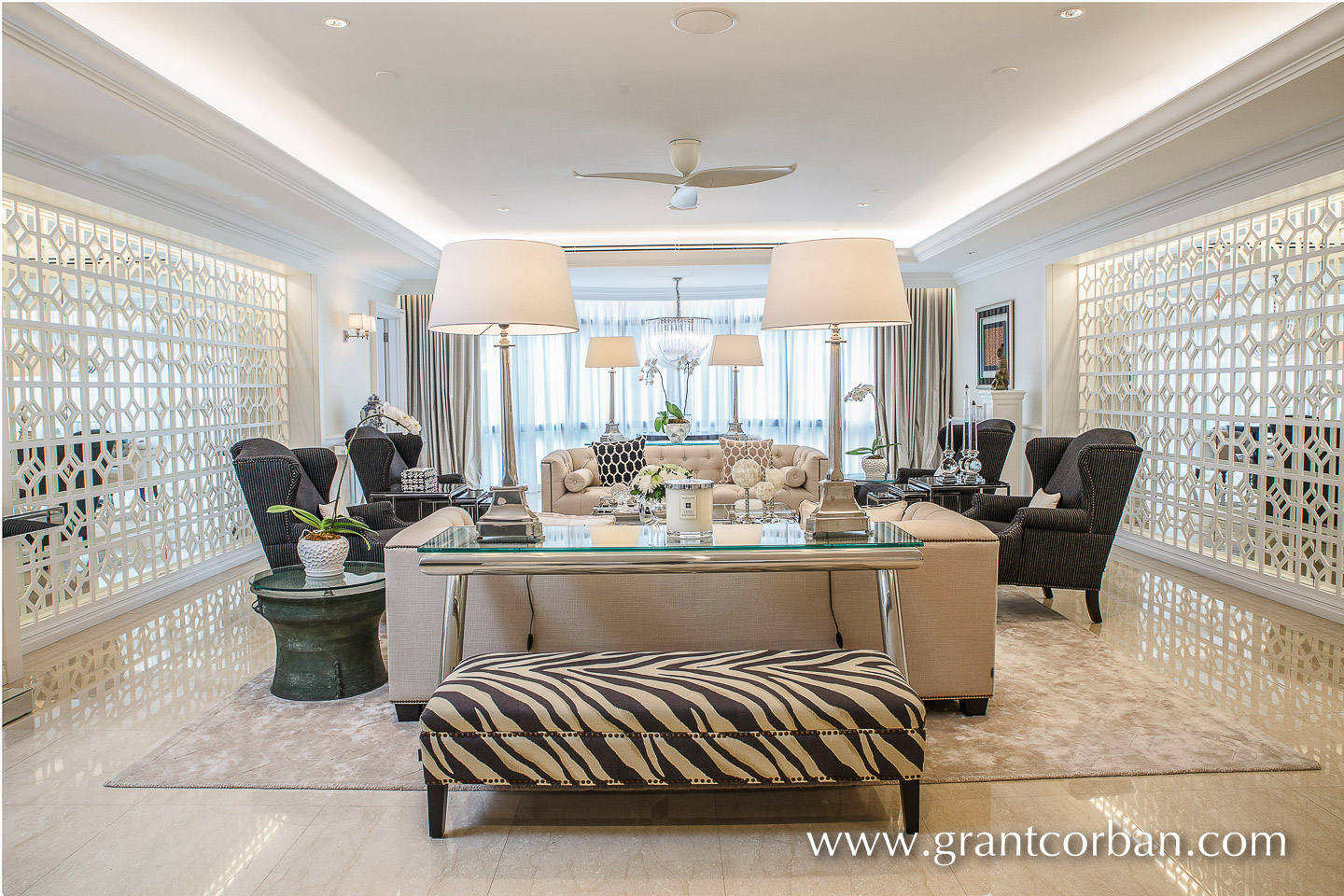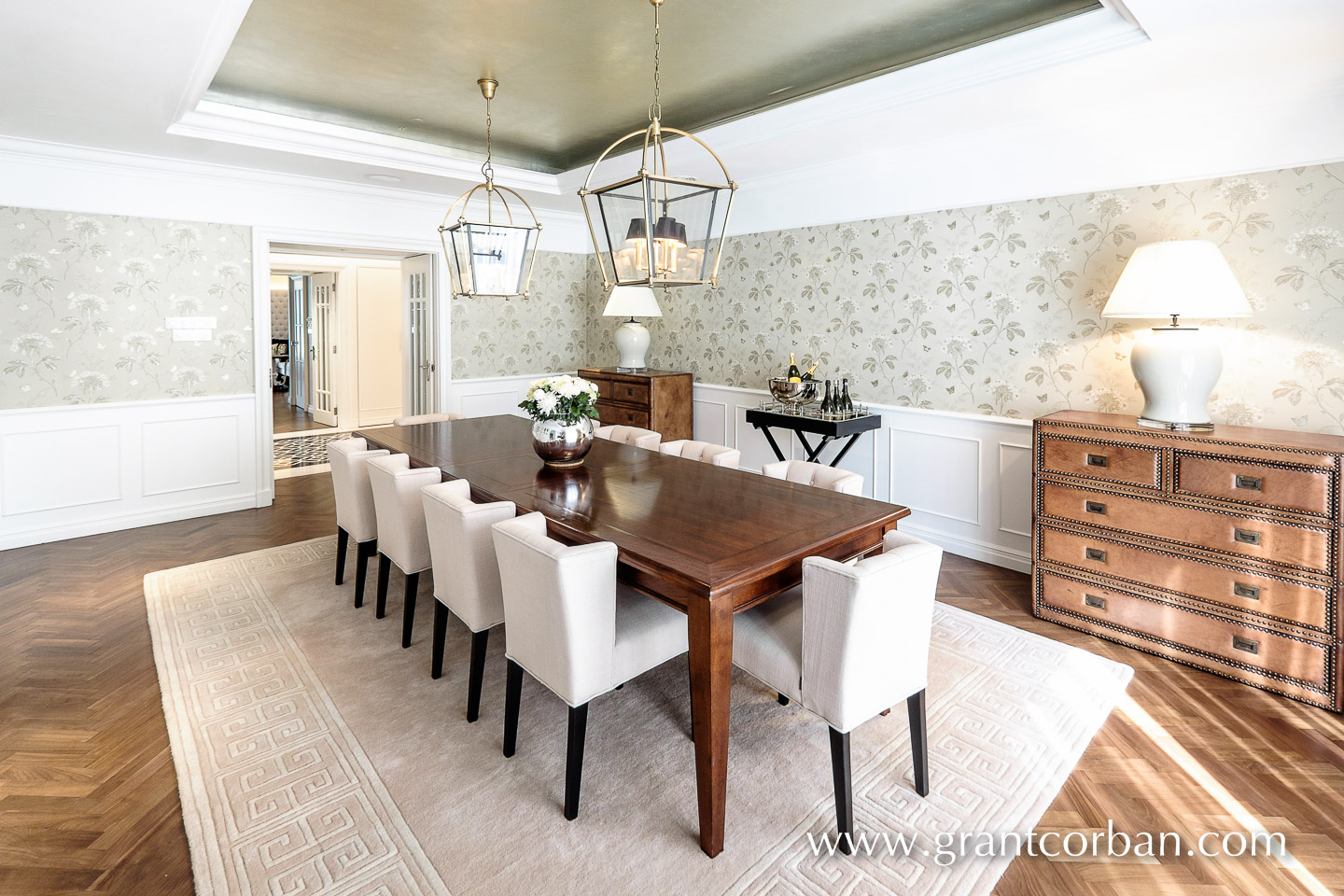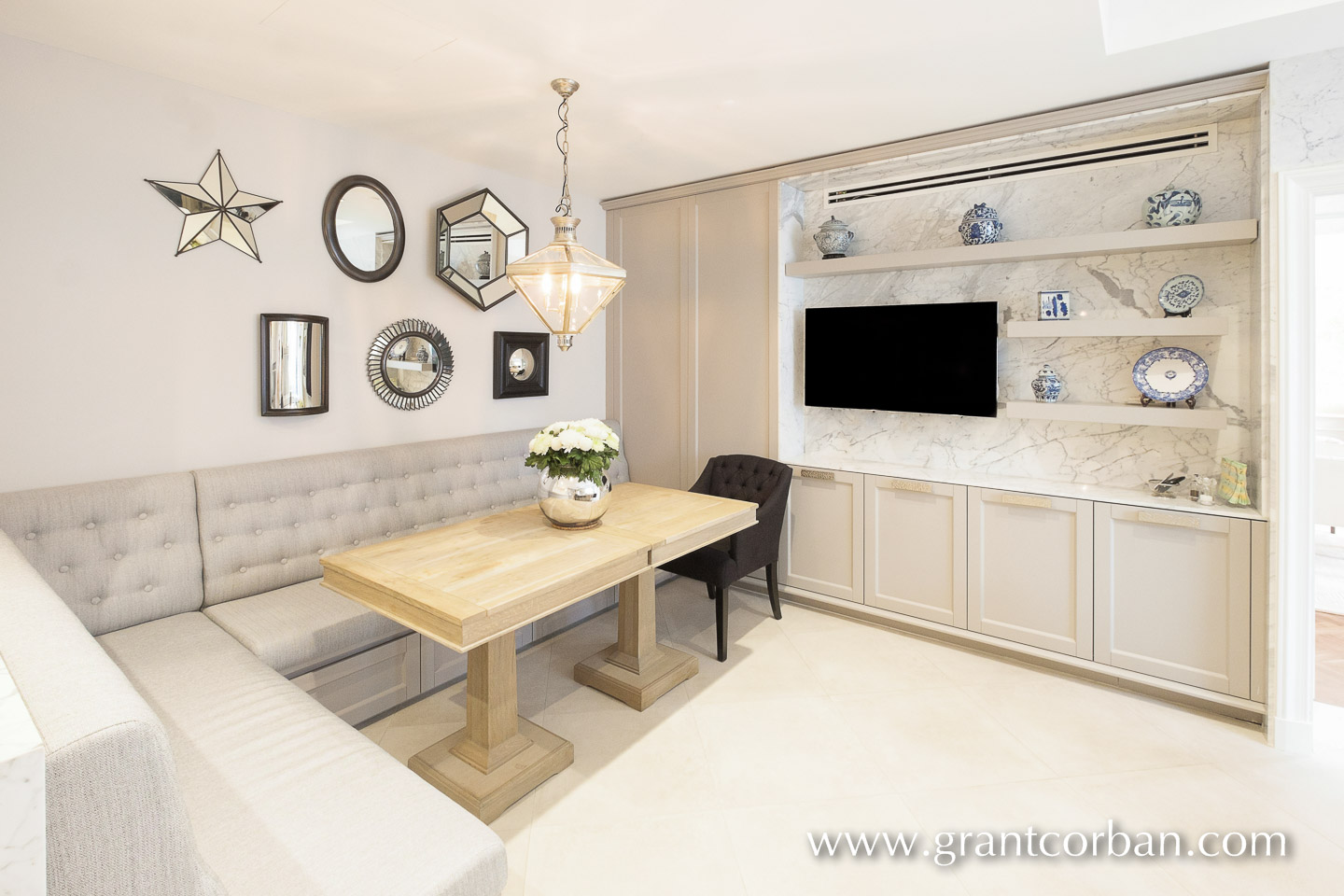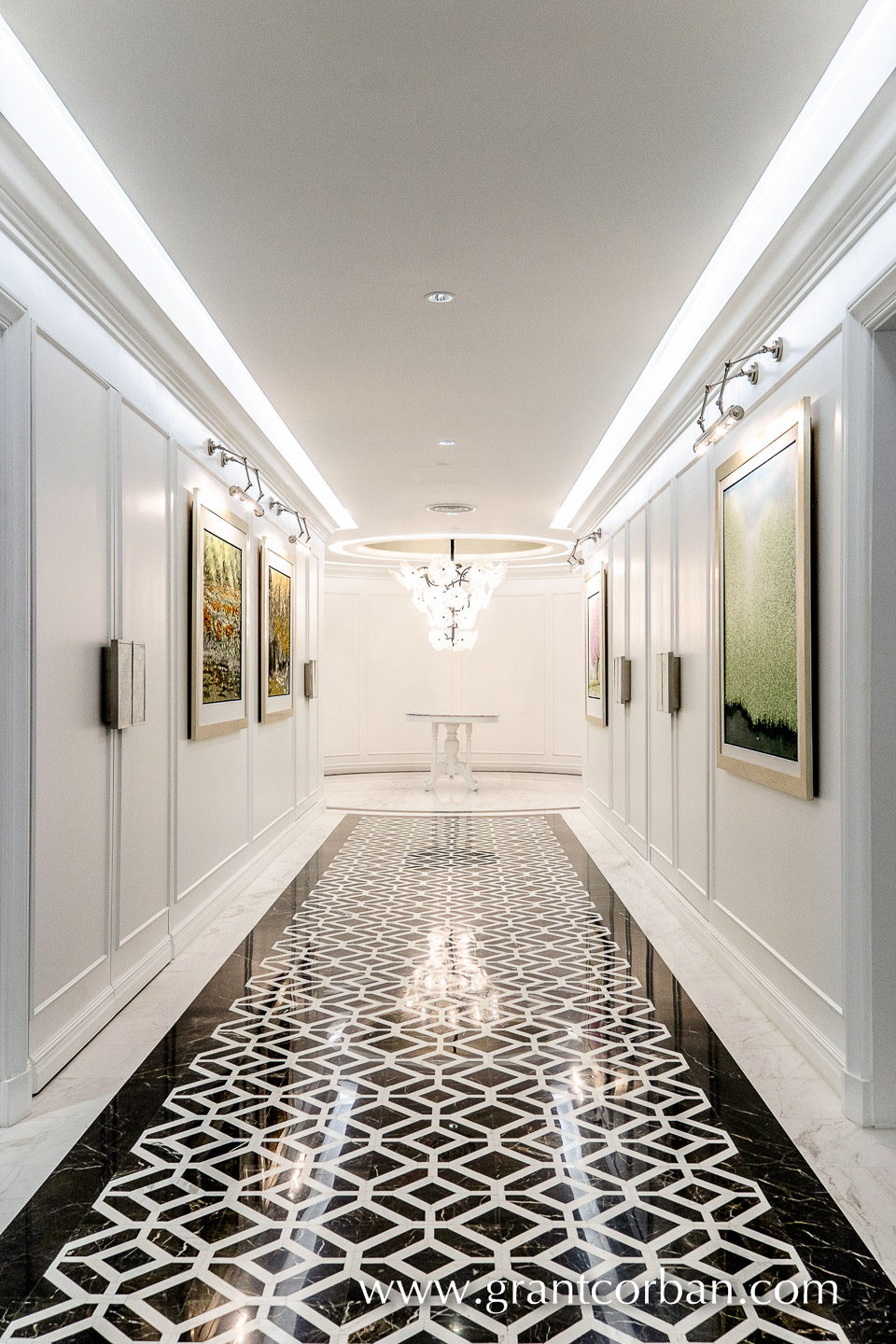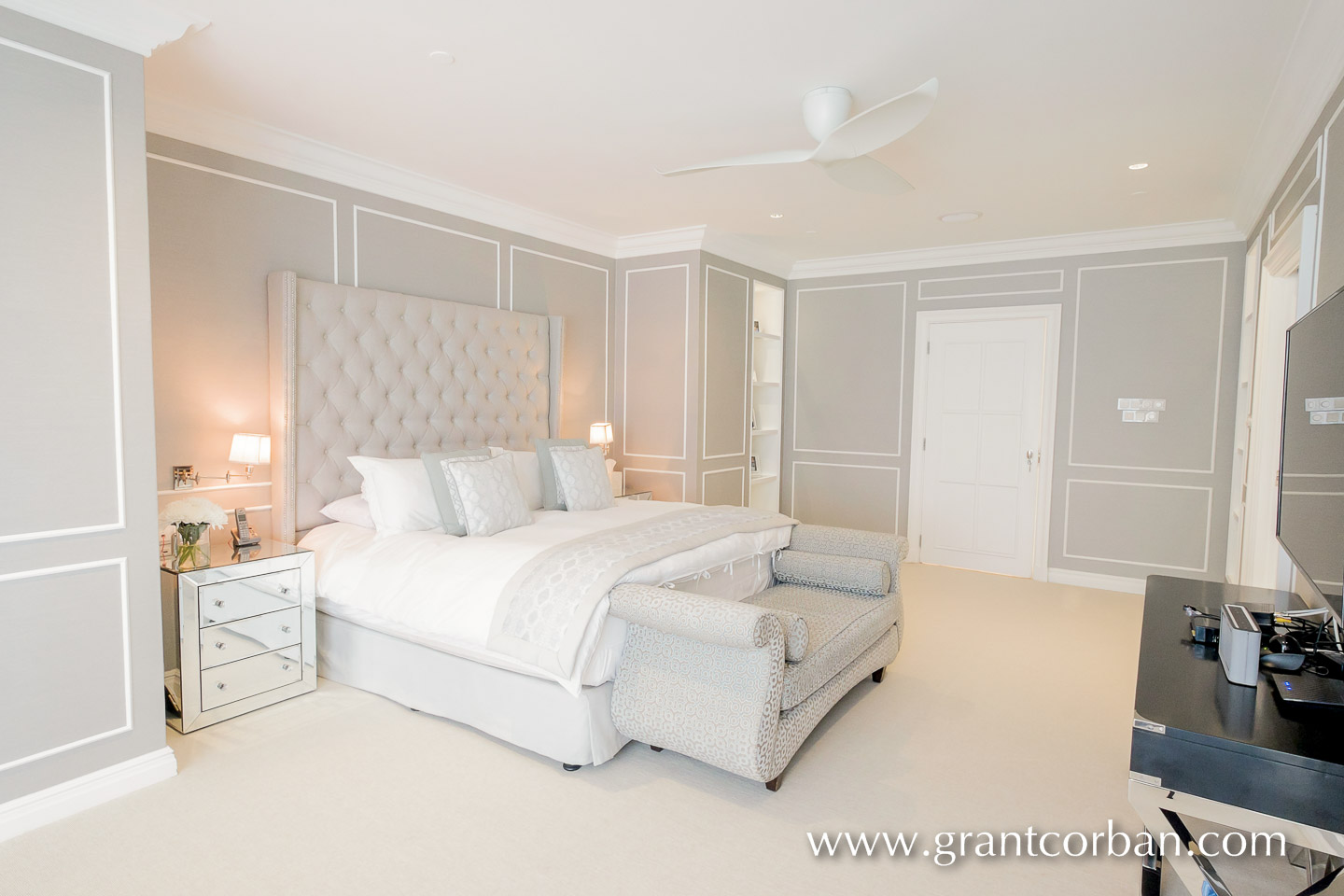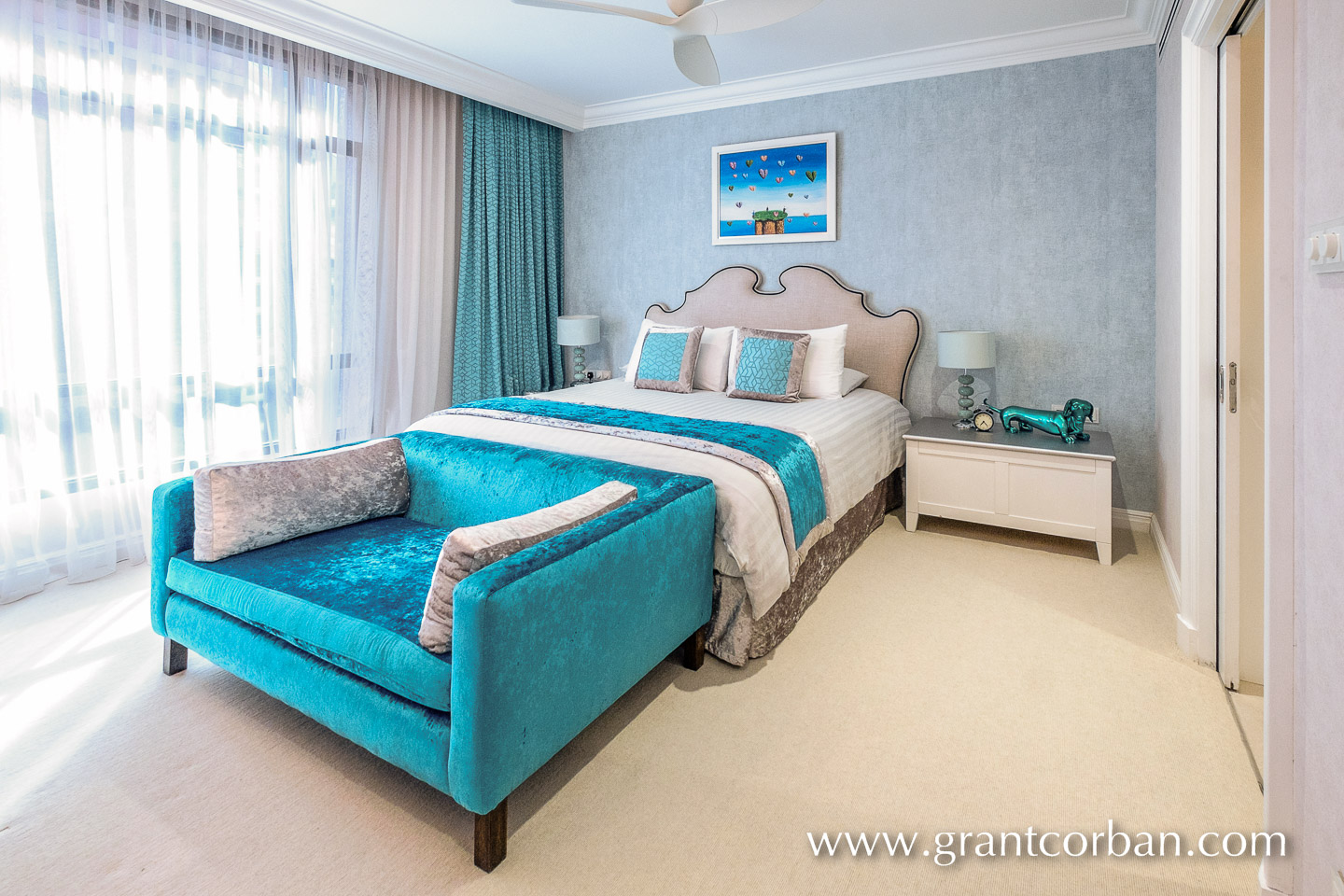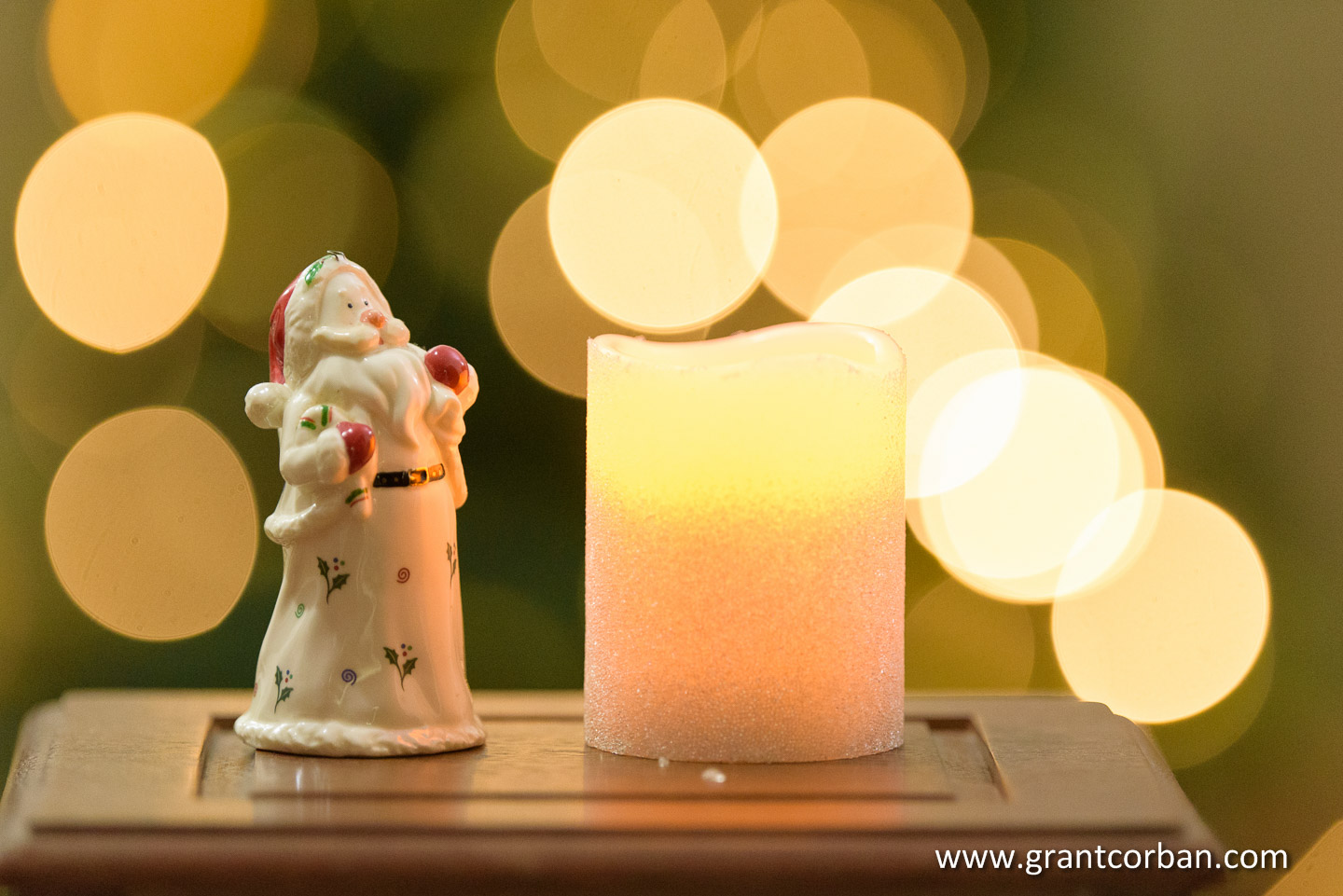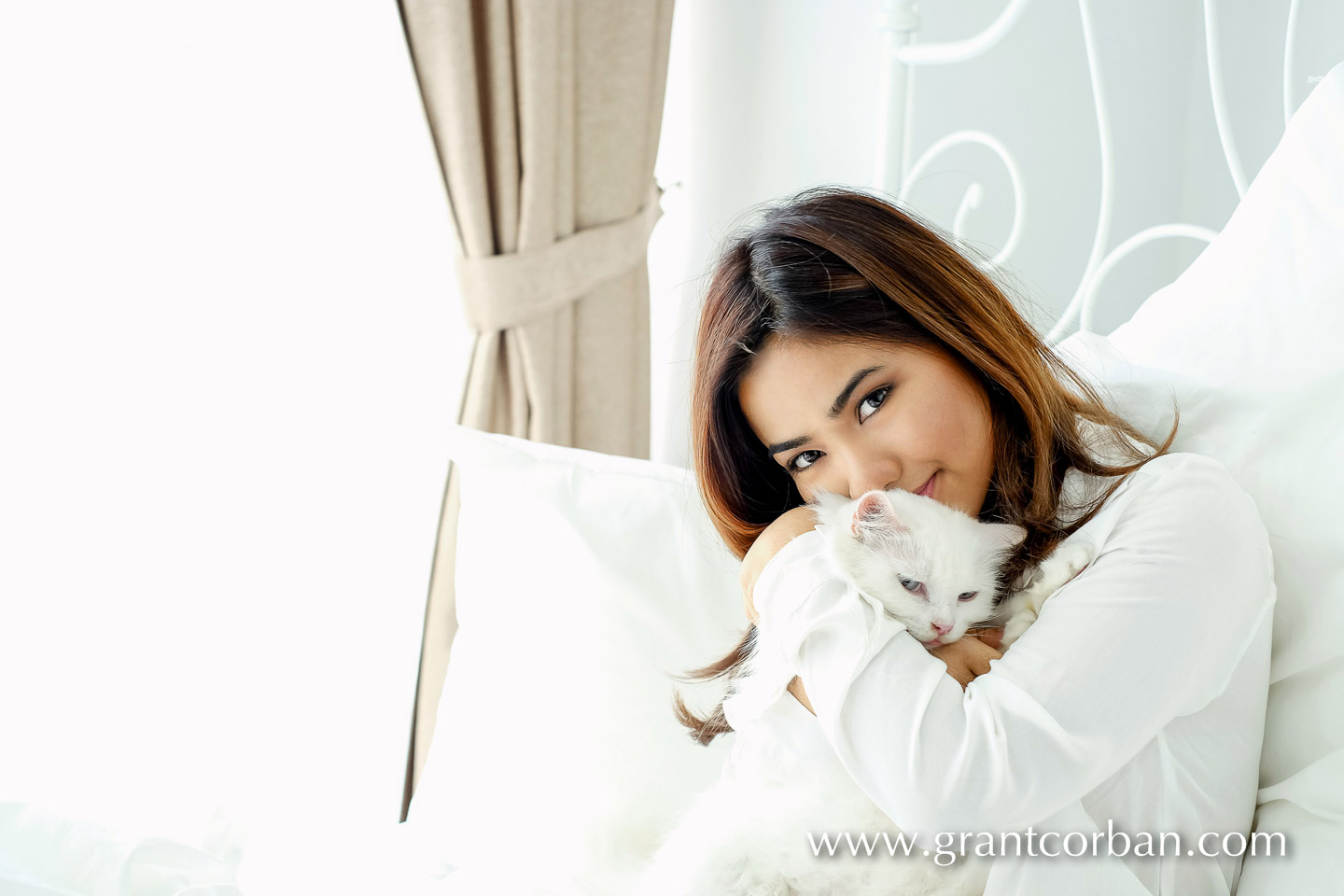
Portrait photo with the Fuji X-T2 shot with the XF 18-55mm R.
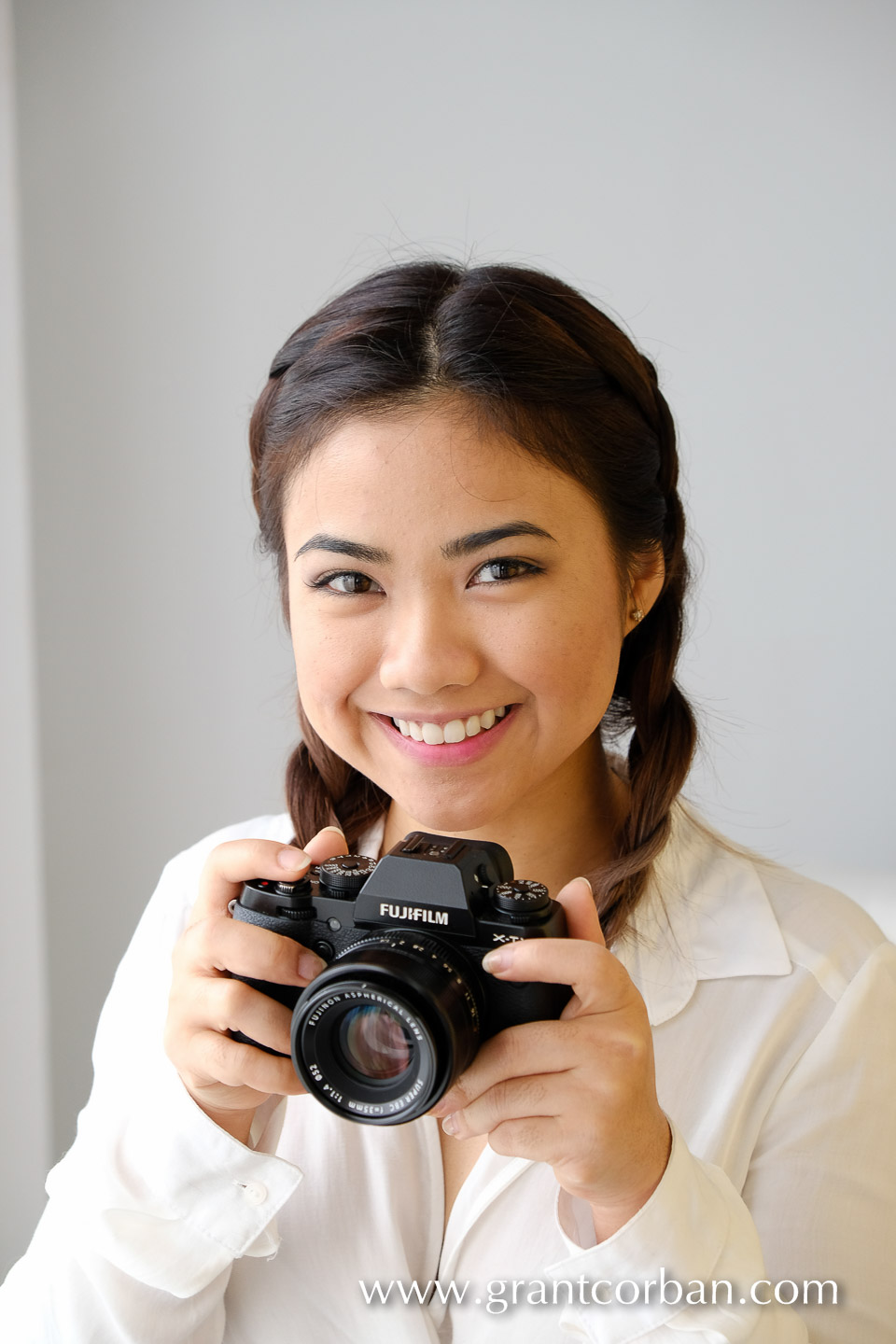
A possible future Fuji Ambassador? The Fuji X-T2 shot with the XF 18-55mm R
At last the Fujifilm X-T2 has been announced! For the past few months I was privileged to be one of the beta testers for the X-T2 prototype camera, in exchange for reporting back back to Japan regarding handling and improvements. I am a working photographer (not a reviewer) and have been shooting a large variety of photos with it, including His Royal Highness Prince Andrews visit to Malaysia a couple of weeks ago, a shoot in my studio of Miss Universe Malaysia Kiran Jassal, several weddings, and earlier today a Hari Raya AidalFitri celebration in Alor Setar and Jitra, Kedah, Malaysia. Unfortunately Fuji has told us that we can’t show any photos of the X-T2 prototype cameras because they are slightly different from the officially released camera. But they are perfectly fine with us letting you know our thoughts and showing you photos taken taken with it. That said, the X-T2 absolutely ROCKS!
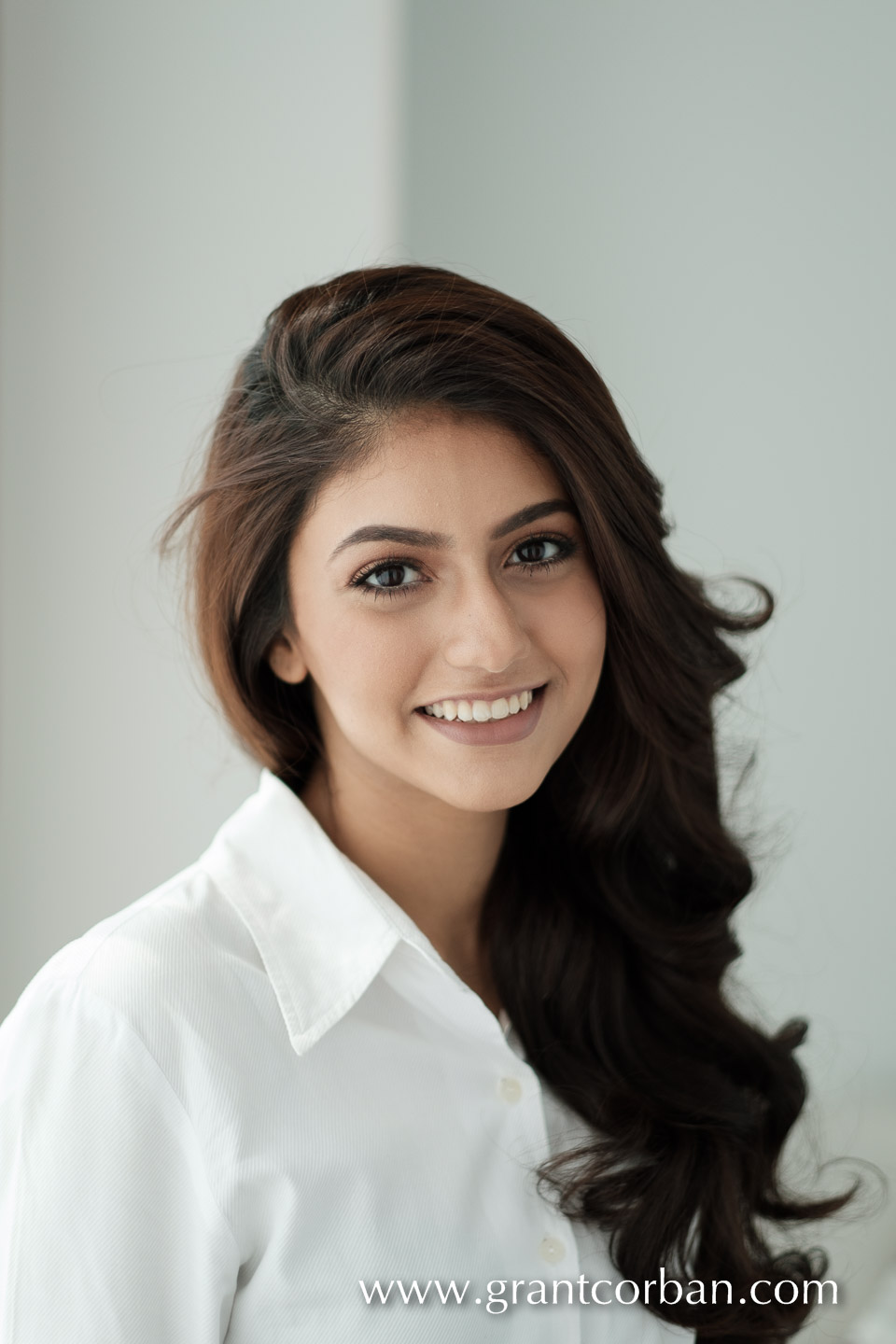
Miss Universe Malaysia Miss Kiran Jassal. Fuji X-T2 with 56mm F1.2
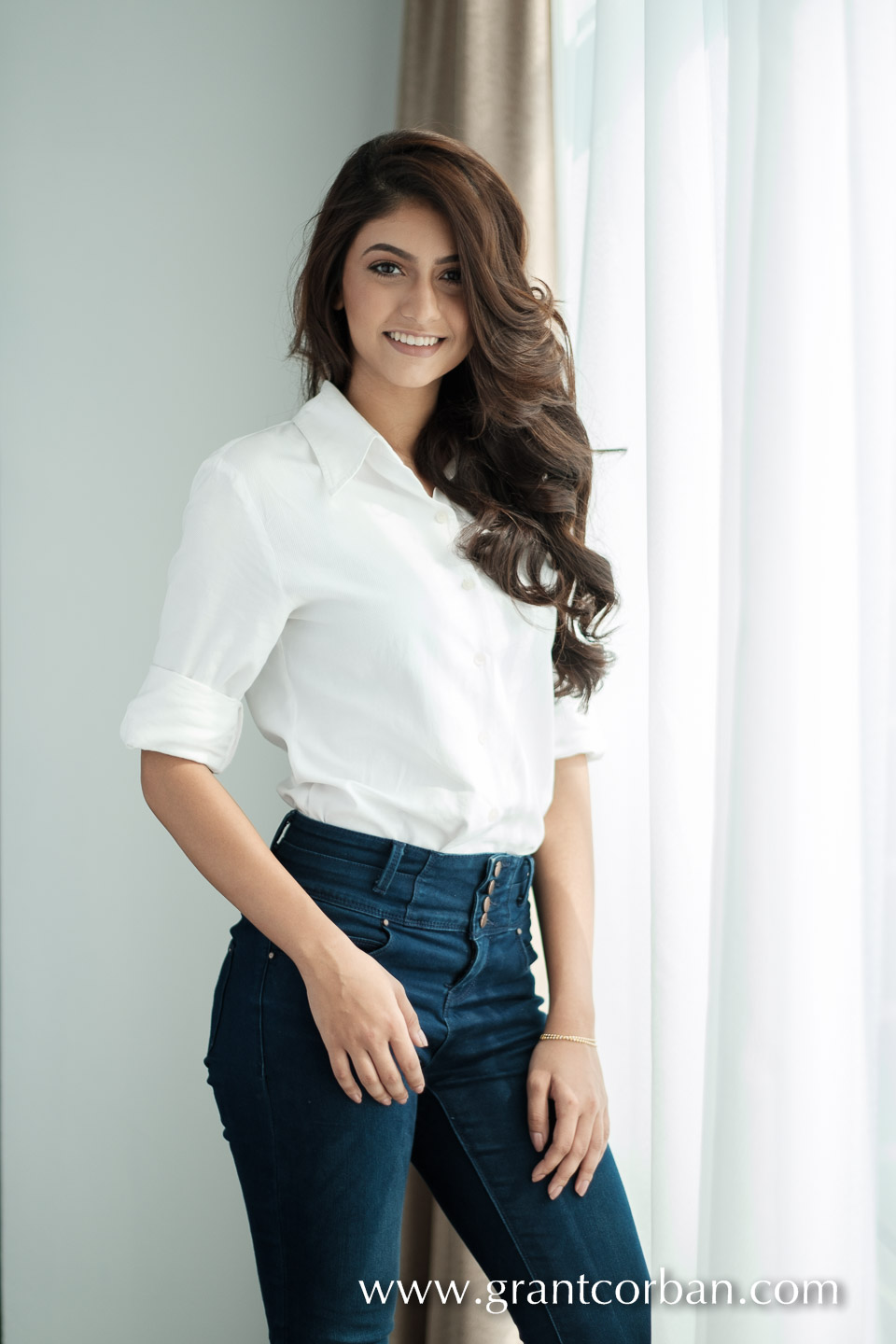
Miss Universe Malaysia Miss Kiran Jassal. Fuji X-T2 with 56mm F1.2
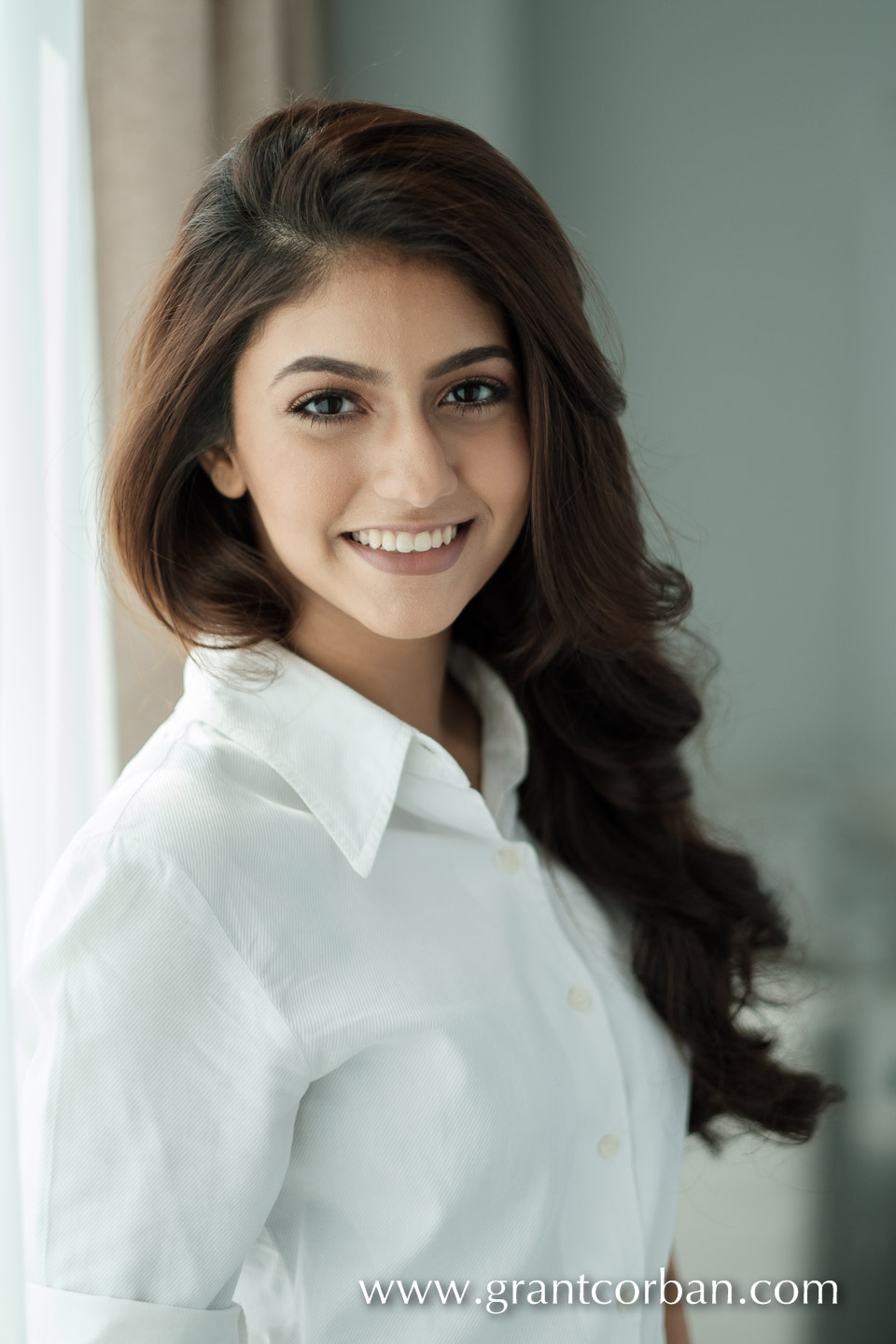
Miss Universe Malaysia Miss Kiran Jassal. Fuji X-T2 with 56mm F1.2
Now the list of improvements of the XT2 over the XT1 in no particular order.
- TWO card slots! You can write to both at the same time meaning continuous backup which is essential to wedding photographers.
- The X-T2 RAW files are ALREADY supported by Adobe!!!! What’s more Lightroom automatically adjusts for Fuji lenses without any user effort, unlike Nikon and Canon where you must turn lens corrections on, either as a preset or do it manually. This is why you will not find the X series cameras (other than the X100) or their lenses in Lightroom’s Lens Correction area.
- 24 Megapixels, up from 16Mp.
- 14fps RAW capture in continuous high…just in case you need it. The X-T2 must be in Electronic Shutter mode to achieve 14fps as when in Mechanical Shutter mode it is limited to the more sedate 11fps. The night photos shot at 12,800ISO featured below were shot in RAW at 11fps. At that speed the buffer fills quickly and in my experience you achieve only 22-24 frames before the camera starts to slow down. When the capture was set to Fine Jpeg I was able to get between 5-6 seconds at 11 fps before it began to slow down.
- AF feels snappier and continuous focus has had a lot of effort put into it with 5 different user selectable modes with options for tracking speeds and the ability to ignore obstacles similar to what is on the Canon 5Dmk3. There is also one custom focusing option for the user to select their own tweaks.
- The wifi connection seems noticeably more robust on the X-T2 when I compare to the X-T1
- The XT2 is ever so slightly bigger…making it easier for manly hands to use. The X-T1 was a tad too small sometimes.
- Construction feels tougher. The flaps covering the USB, HDMI, Microphone and remote ports is definitely stronger while the SDCARDs slot is now latched.
- New joystick for focus point control.
- Threaded shutter so we can now use threaded shutter release cables and soft release buttons.
- 1/8000th mechanical shutter (up from 1/4000th on the XT1) and the now standard 1/32,000 electronic shutter. Want to shoot at F1.2 in the middle of the day? You can!
- Flash sync raised from 1/160th to 1/250th second.
- Ability to squeeze off single shots while in continuous low mode. With the XT1 you had to be content with 2 shots at a time when wanting to squeeze off only one shot in CL. The shutter button seems more sensitive.
- Focus Assist function moved to pressing the rear dial inwards. No more accidental Q menu presses which I often did on the XT1 as the Focus Assist and Q buttons were too close for my hands.
- Shutter speed and ISO dials can now be mechanically locked or released by depressing the central button. Old style was press and turn. New style is press and release, and the button stays as either locked or unlocked until pressed again. I really need to show photo but as mentioned I can’t show the prototype unit, but it is better than X-T1’s press, hold and twist.
- The shutter speed and ISO dials are taller, making it MUCH harder to accidentally turn the metering or drive modes while adjusting ISO or shutter speed, which were painfully easy to move on the X-T1
- The X-T2 rear screen tilts as it did before AND through a very clever engineering feat now flicks out 45° towards the right side, meaning low vertical or vertical tripod photos can be shot with ease! No need to lie on the ground anymore.
- The newly designed vertical grip is well designed with a vertical component that increases the right hand grip-ability, and it now also accommodates 2 batteries. This means that along with the internal battery you can now have 3 batteries attached which is what I do. I was NOT a fan of the X-T1 grip and sold mine off quickly to someone who did appreciate it, but the X-T2 grip has changed my mind. The addition of there being 2 batteries and far better sturdier grip makes this a winner. The camera also tells you the state of each of the batteries, enabling you to swap out the flat ones. Still no chip in the batteries which means no percentages are given, just a visual indication of each battery level.
- 325 focus points – not sure if I will use more the 3 or 4

- 4K video. I am not a videographer but shot some for a commercial project earlier this week and the videographers with me who are Canon shooters were very impressed. 4K options include 24fps, 25fps and 30fps. Output can be sent to one of the SD cards or out through the HDMI output to an external recording device. Continuous focus while in video mode is very good and while I have no test data, feels superior to my 5Dmk3 in every way.
- Tethered shooting in Lightroom is in the works and I suspect we will see it by the time the camera is released. I don’t use this or weddings but any commercial shoot or studio shoot it is a must.
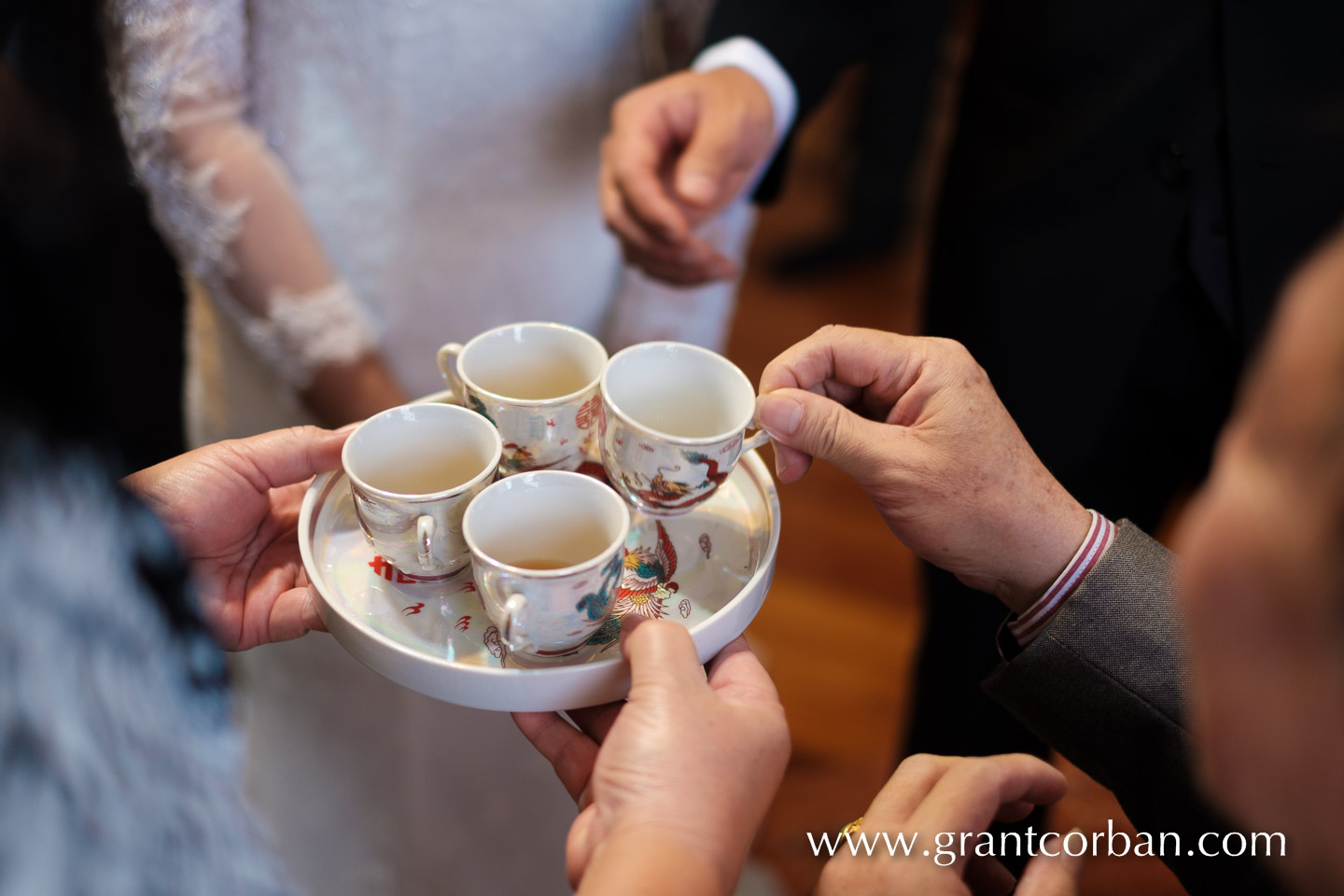
Chinese Tea Ceremony. Fuji X-T2 with 35mm F1.4
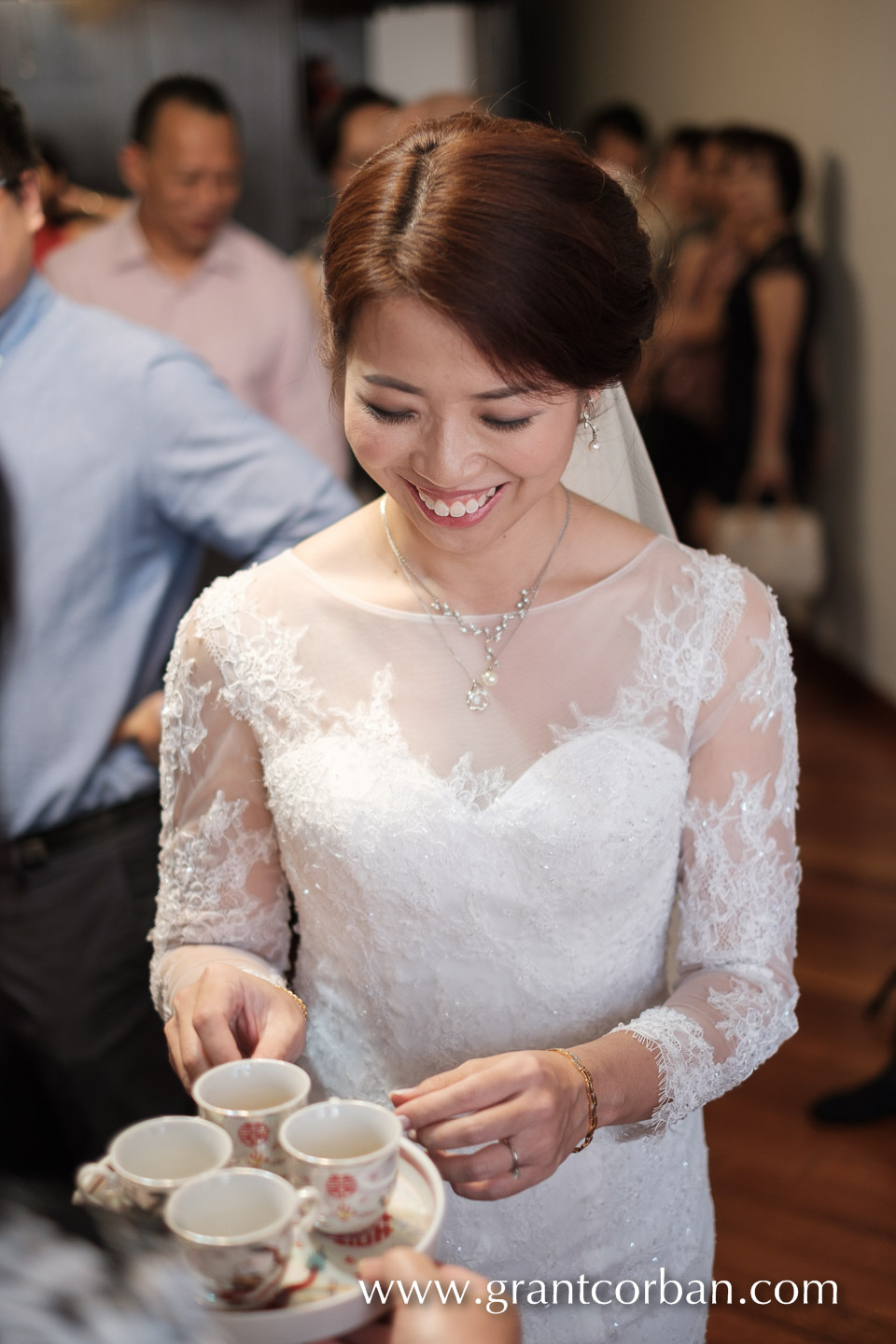
Chinese Tea Ceremony. Fuji X-T2 with 35mm F1.4

Church Wedding. Fuji X-T2 with 56mm F1.2
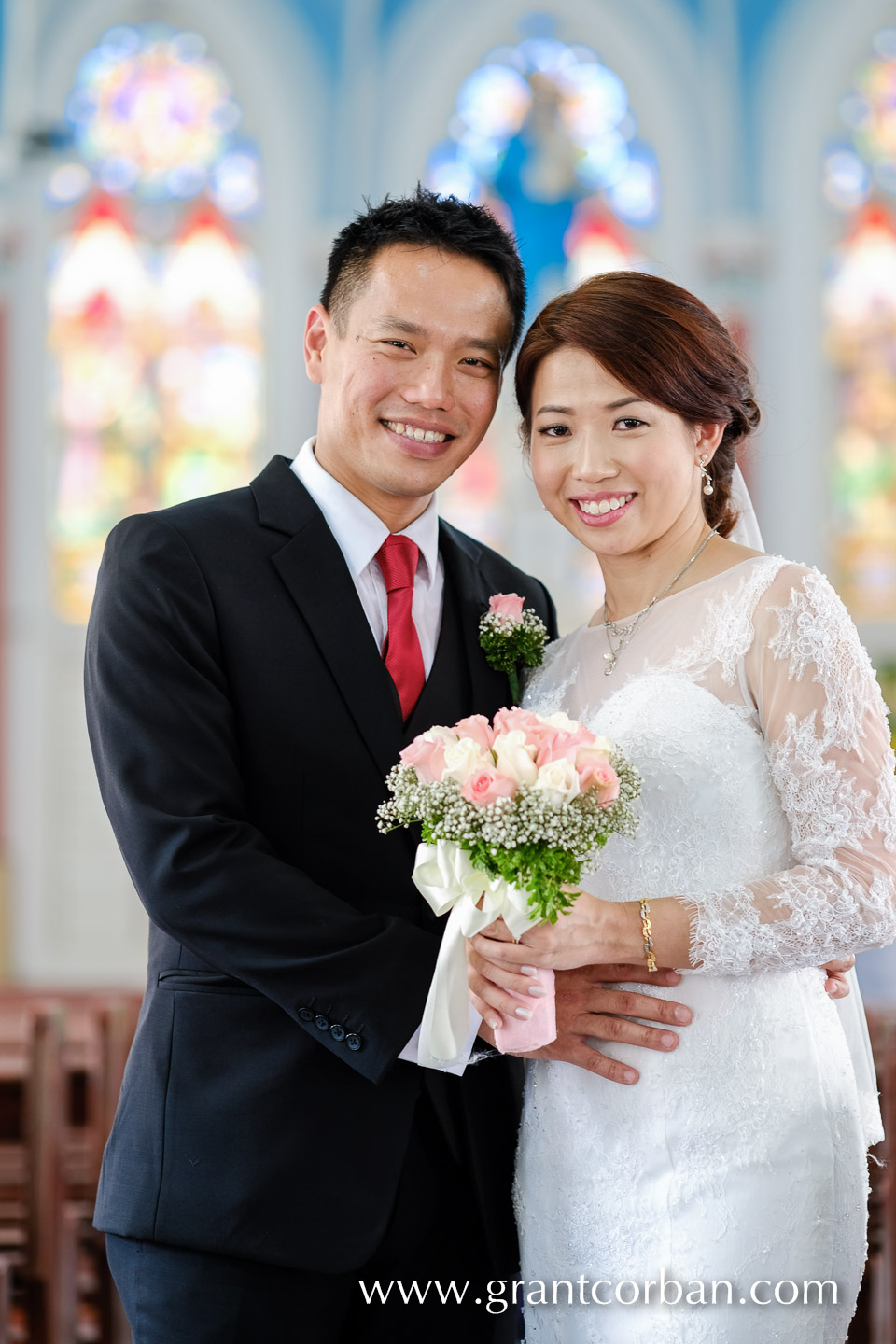
Church Wedding. Fuji X-T2 with 90mm F2.0
And the best reason to buy any Fuji Camera: Fuji knows and understands colour. This is where Fuji trounces everyone. They made their name with film and have crafted their cameras to emulate their film colour palettes perfectly. I am a RAW shooter however the ability to see the image exactly like it will be when you capture it due to the EVF and the superb Fuji sensors has meant I now shoot JPEG and RAW (old habits die hard) and often end up using the JPEGs as is. To understand this better read this article.
So are there any downsides?
- Because it’s smaller than a DSLR, some people perceive you have brought a consumer camera to their shoot, not realising you are carrying a camera much more capable than many respected DSLRs.
- Tethered Options: I asked Fuji regarding tethering and they have told me that Fuji and Adobe are working toward a tethering solution for the XT2 in Lightroom so expect to see that soon. Bad news is that Capture One is not interested!?! This is a downer as I like Capture Ones speed.

His Royal Highness Prince Andrew. Fuji X-T2 with 90mm F2.0

HRH Prince Andrew. Fuji X-T2 with 90mm F2.0
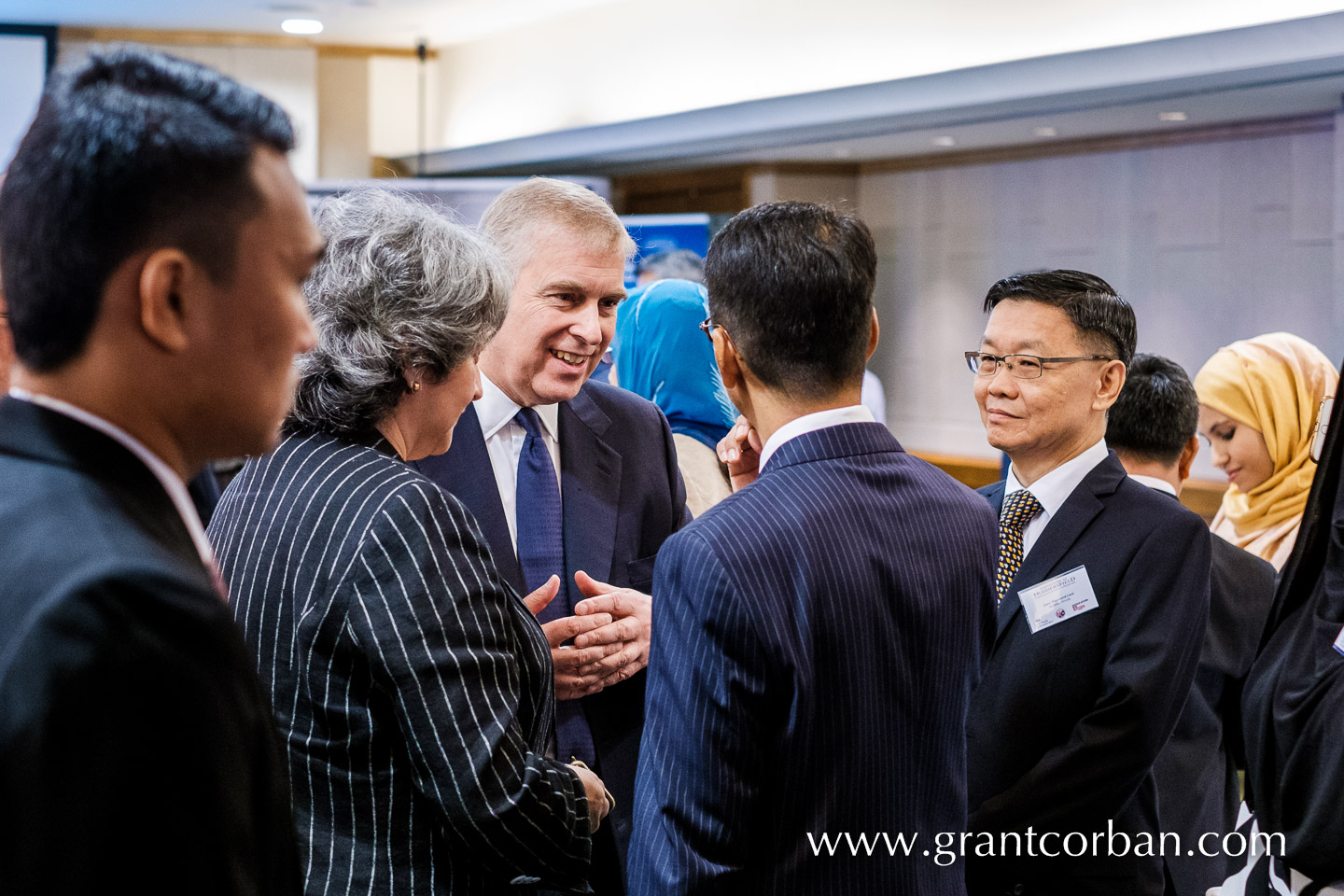
HRH Prince Andrew. Fuji X-T2 with 35mm F1.4
What could be improved?
The Custom “Q” menus. They are customisable but I really wish mode, aperture and shutter speed could be added into it. That way the shutter, ISO and aperture dials could be set to A, and then specific settings could be set much like the way the 5Dmk3 has its C1, C2 and C3. Being manual controls, if you want to switch several dials at once it takes time, and in a dark club or wedding venue it can be hard to do this.
Suggested Lenses – my go to choices. You may disagree.
- 35mm 1.4
- 56mm 1.2
- 10mm-24mm f4
- The cheap XC 50-230. I don’t use it for serious work but as a holiday lens it gives you mega reach. No more DSLRs on family holidays for me!
- I also carry the 18-55 kit lens with me on work assignments as a general purpose lens or in my studio. The photos are nice and sharp and the top two photos of this post were taken with it.
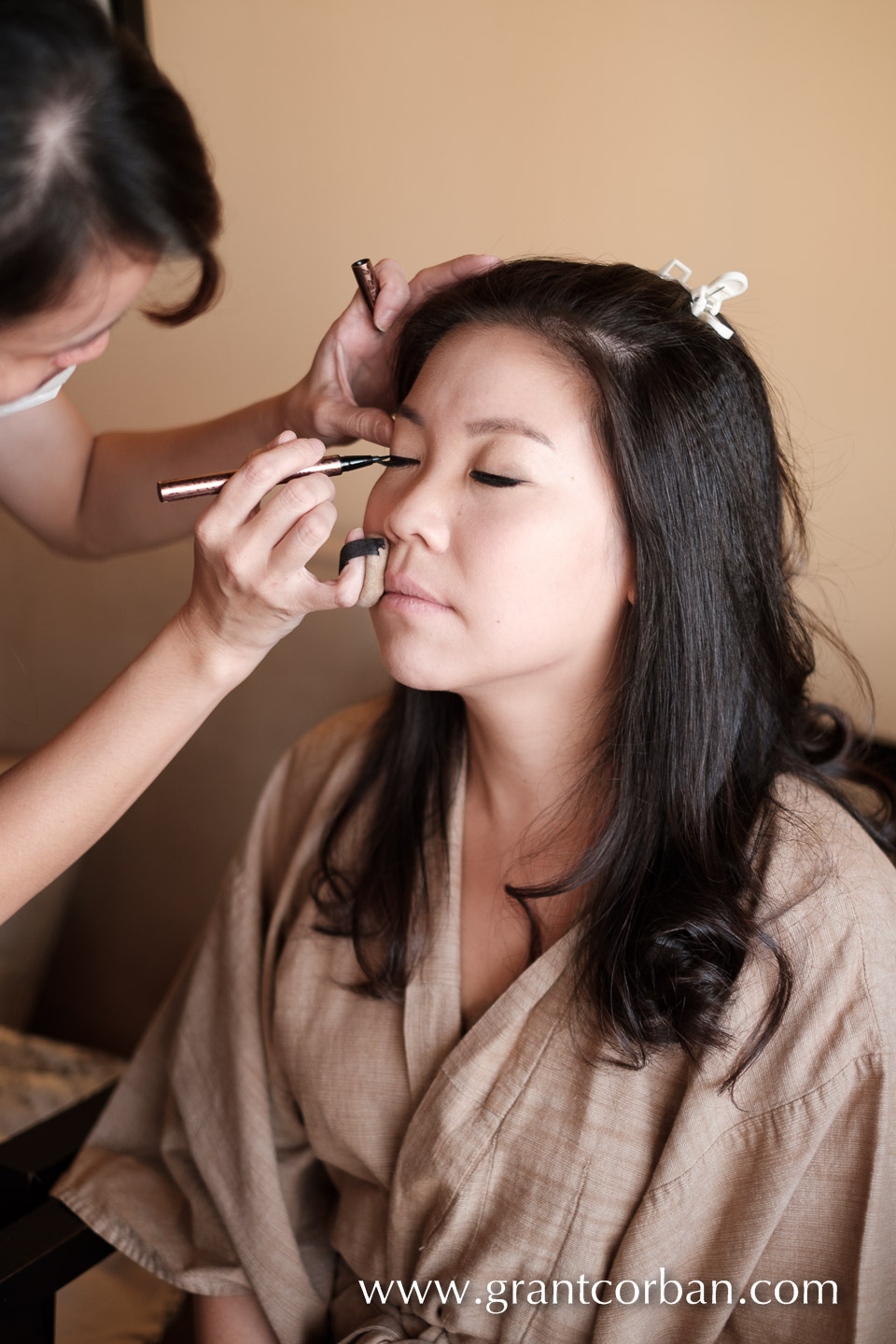
Fuji X-T2 with 35mm F1.4. Wedding at the Avani Sepang.
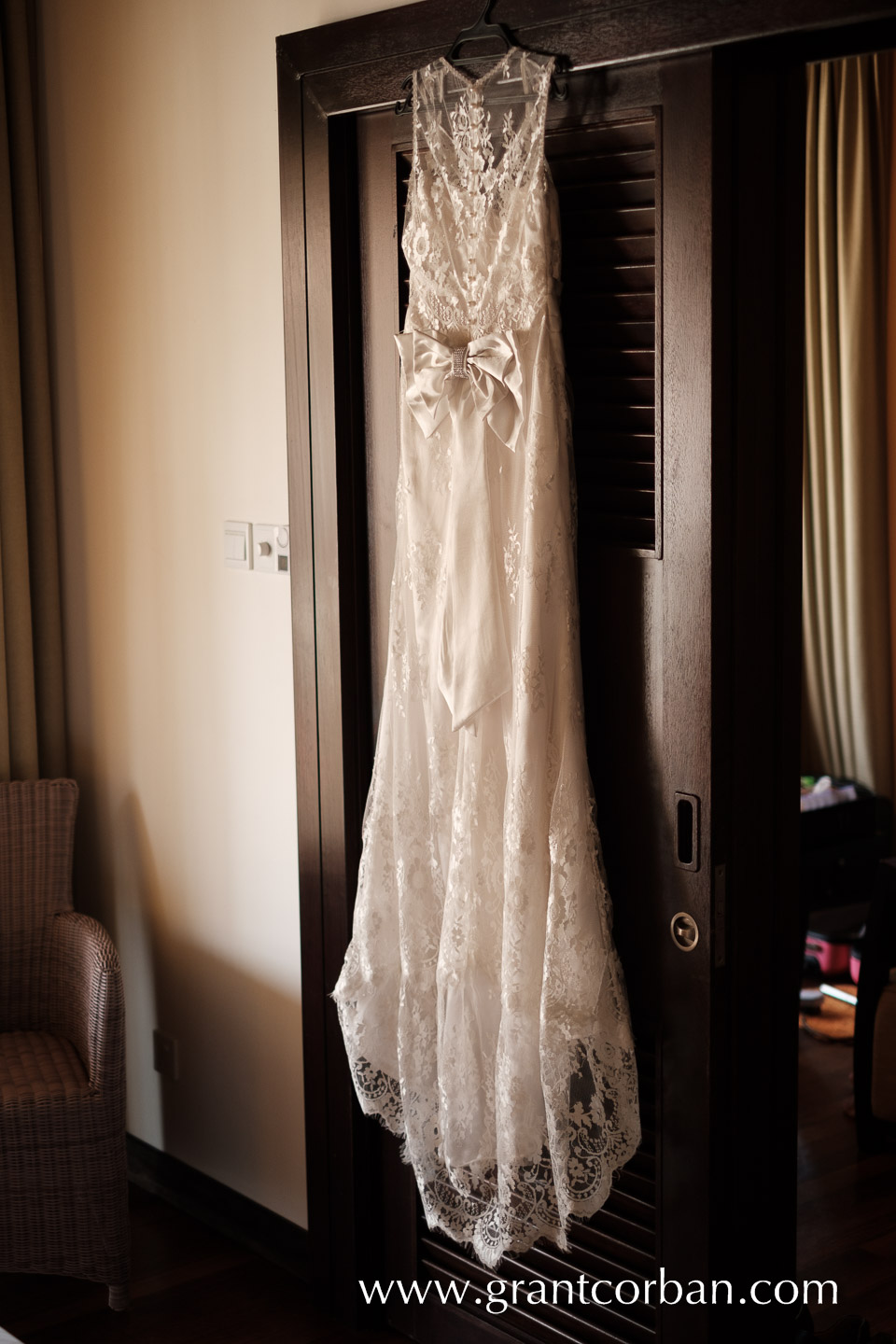
Fuji X-T2 with 35mm F1.4. Wedding at the Avani Sepang.
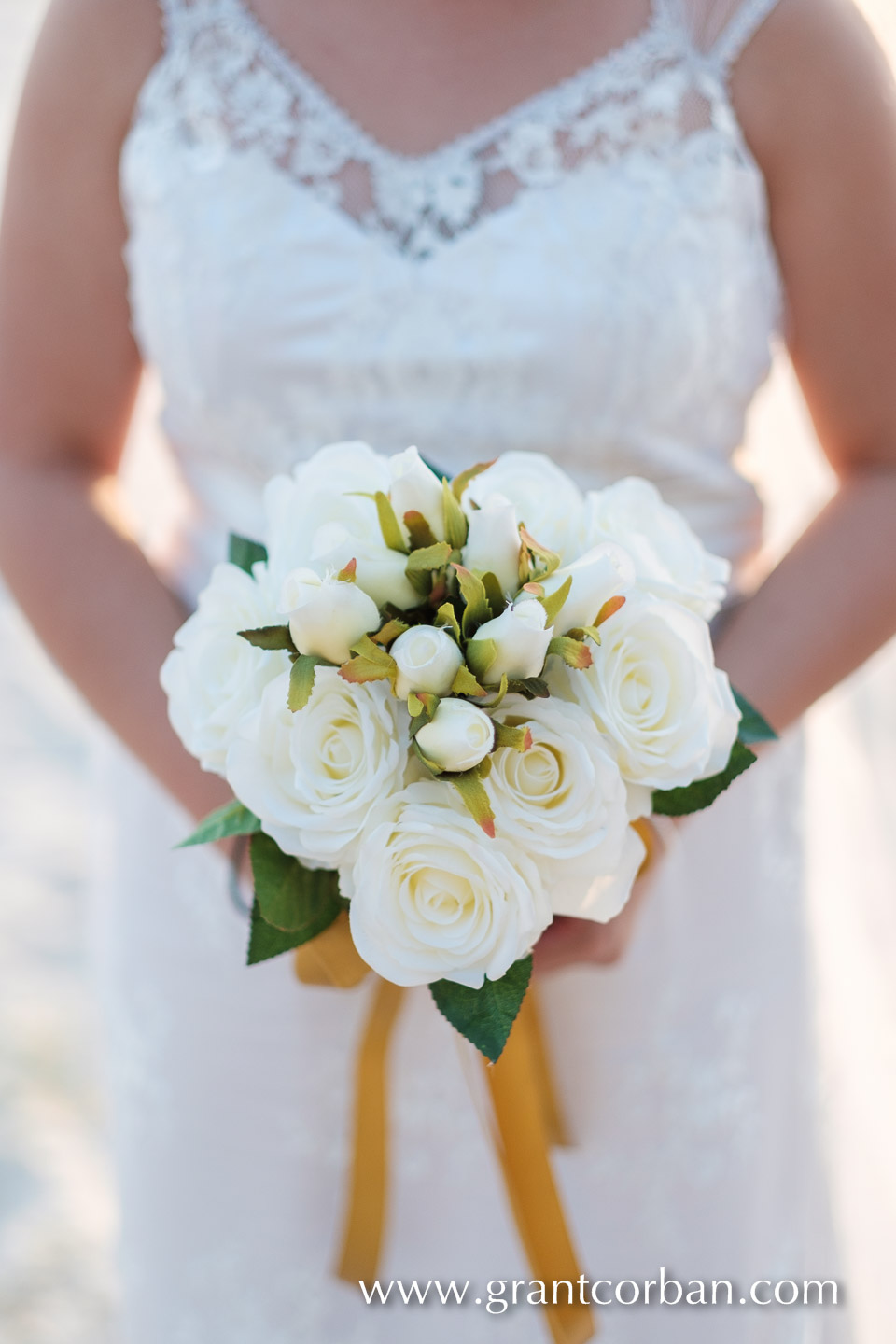
Fuji X-T2 with 56mm F1.2. Beach wedding at Avani Sepang.
I think every serious Fuji photographer is going to have a very long hard look at the X-T2. It’s now the camera I reach for all the time. Pair it up with primes like the 35mm 1.4 or the 56mm f1.2 and let the magic begin.
There are some things bigger DSLRs do better, sports being a notable one, but for many other things the X-T2 is a better choice. It’s smaller then a DSLR, has a phenomenal 1/32,000s shutter so you can shoot wide open in bright sunlight, gives you instant preview before you shoot and has gorgeous film simulations built in.
Lastly, I will add a couple of photos taken at ISO12,800. I have added 1.5 stops so the detail is easier to see in the shadows. It reminded me of the D3s “noise”. Monochromatic. The exploding firework was captured as I was set on continuous high. All photos shot in RAW.
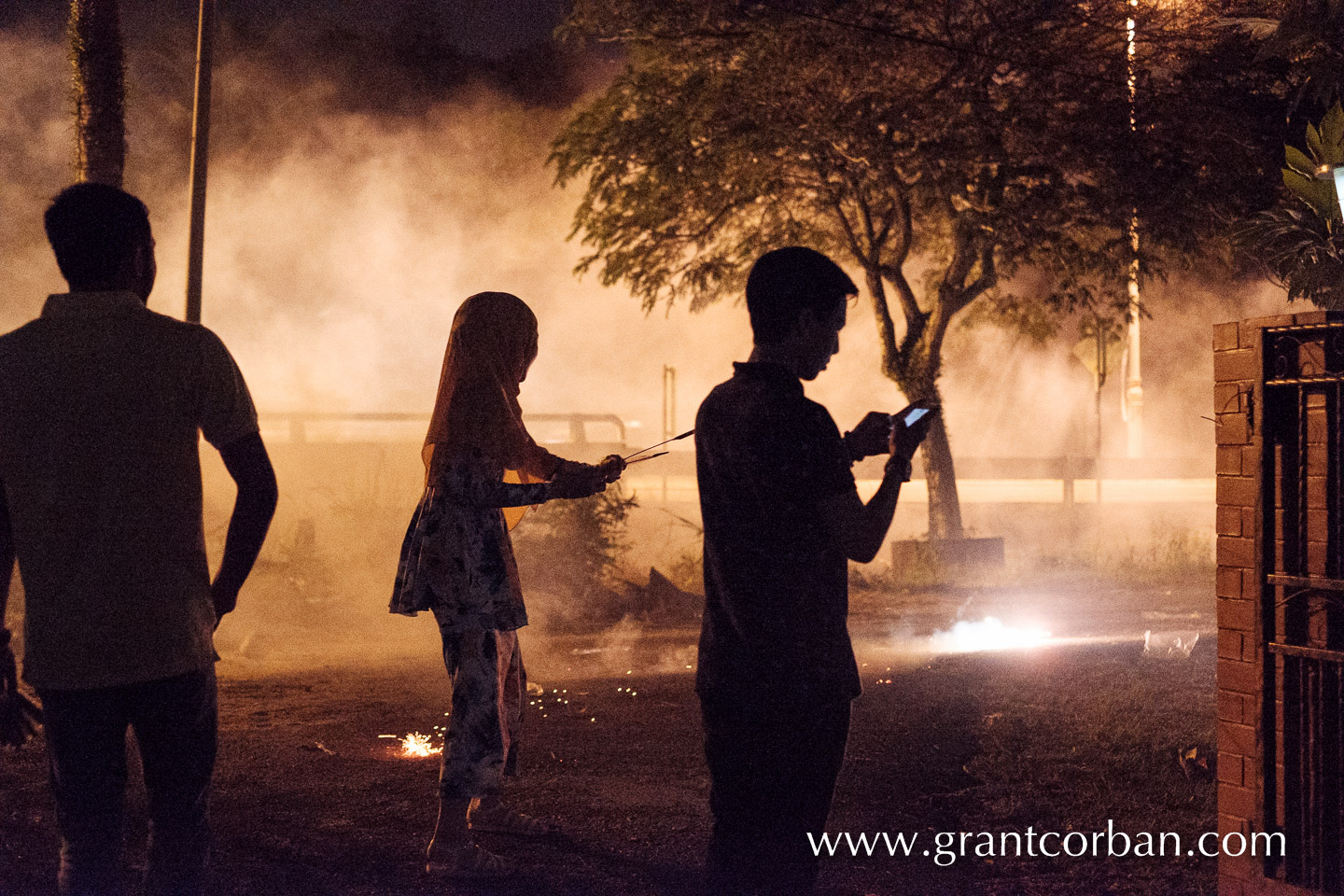
Fuji X-T2 with 35mm F1.4. ISO12,800 HariRaya Fireworks
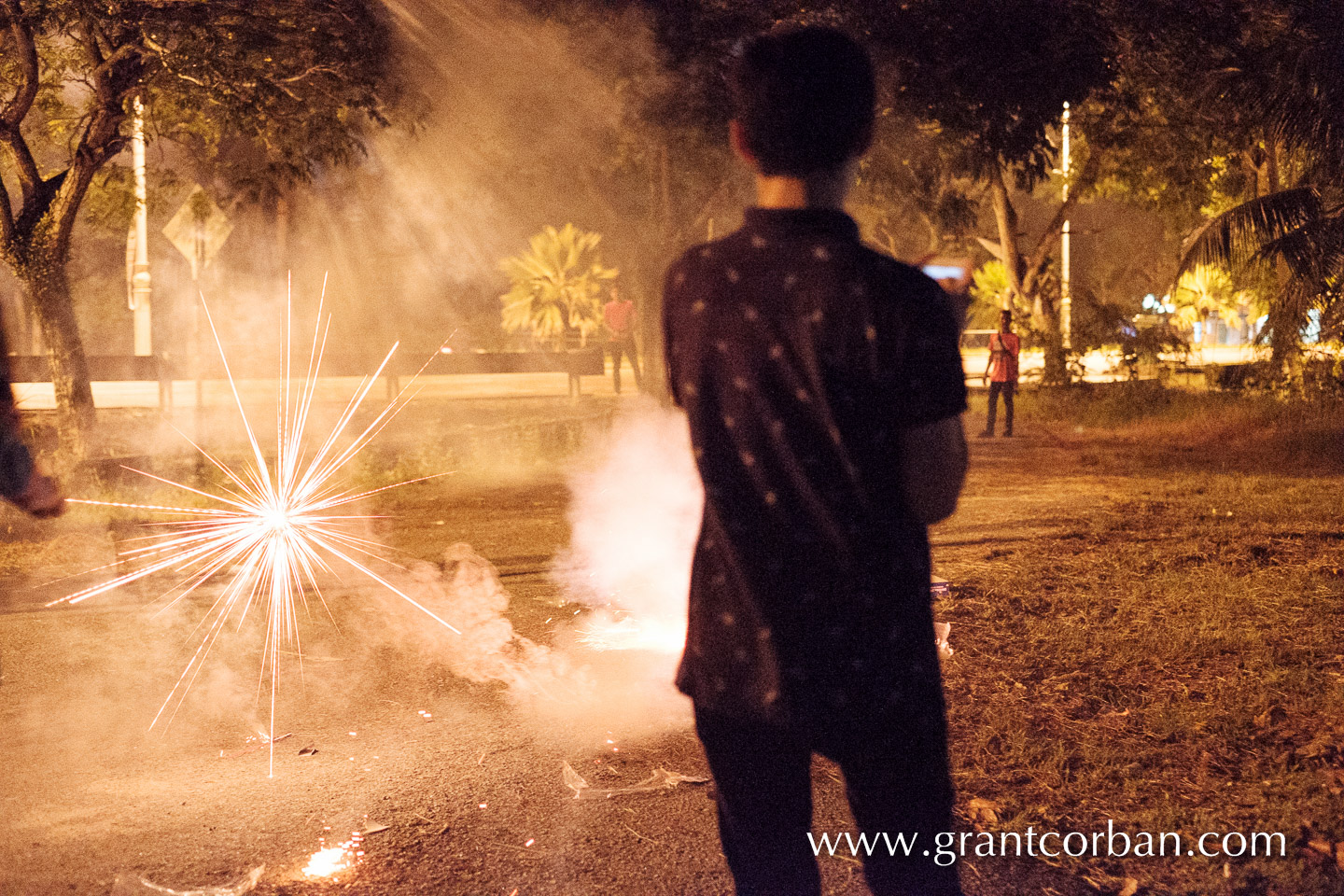
Fuji X-T2 with 35mm F1.4. ISO12,800 HariRaya Fireworks
#MissUniverseMalaysia
#MissUniverseMalaysia2016
#KiranJassal

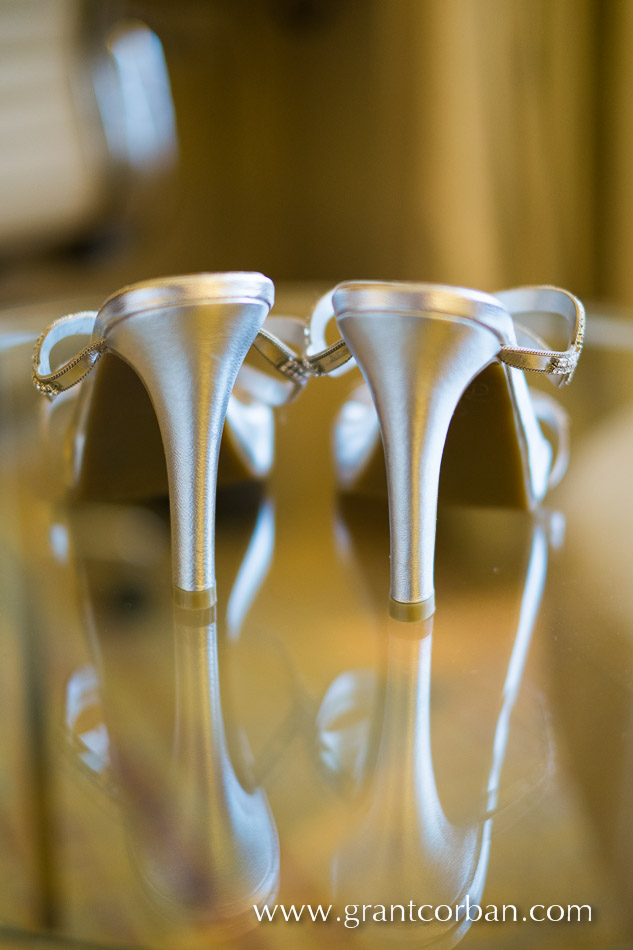

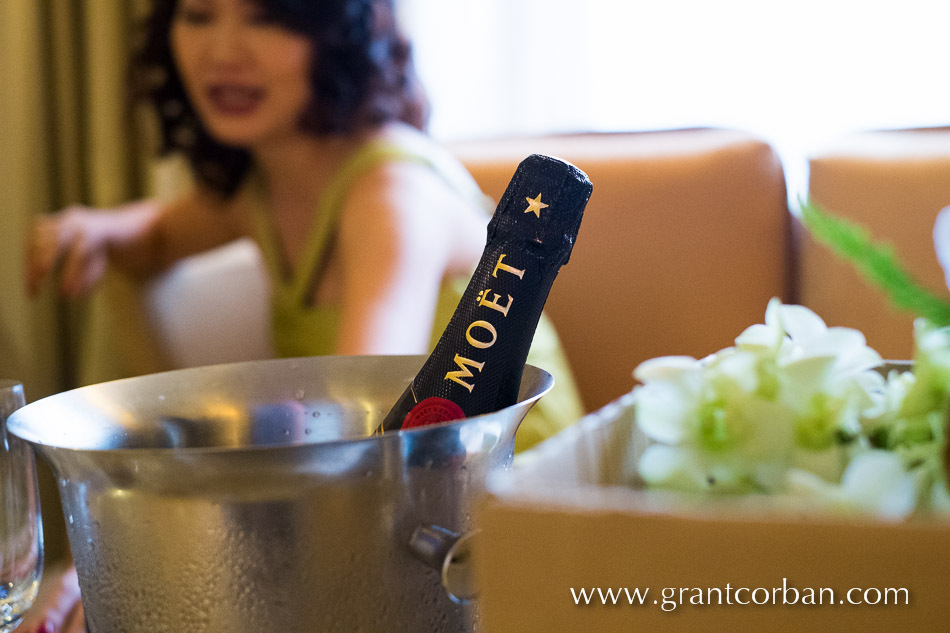
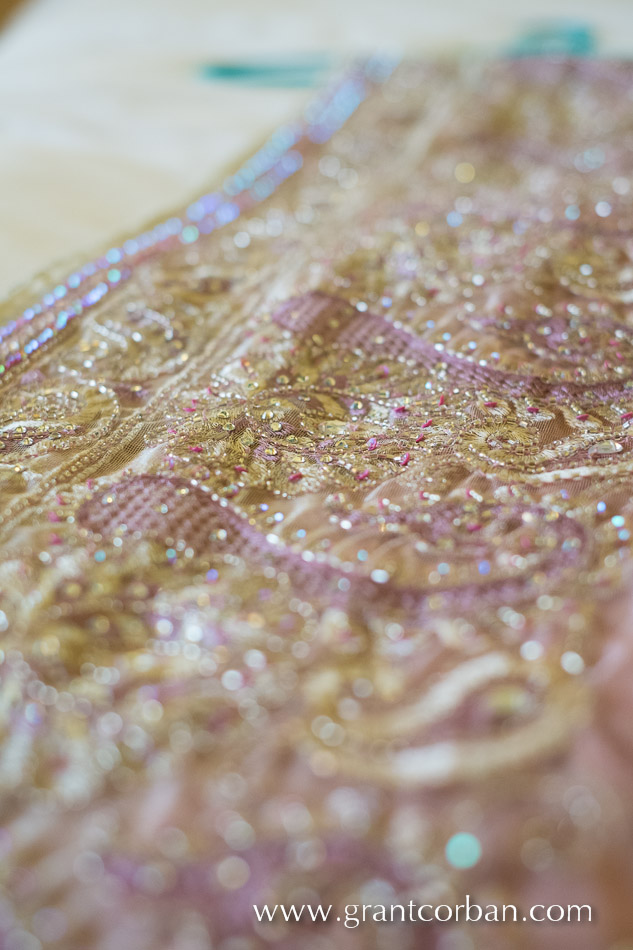
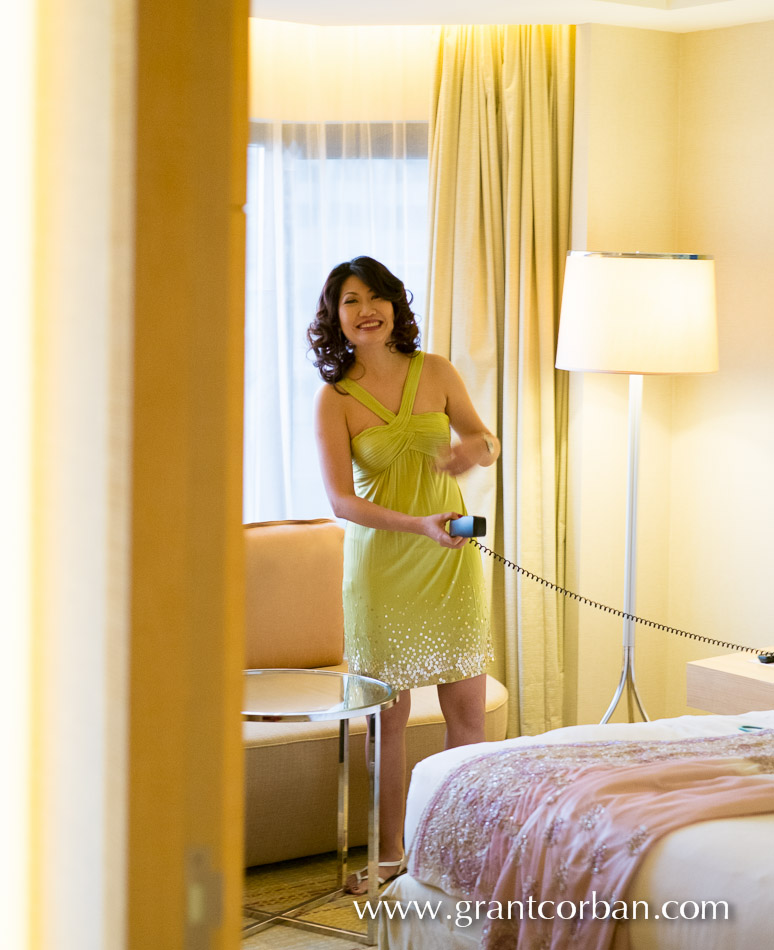


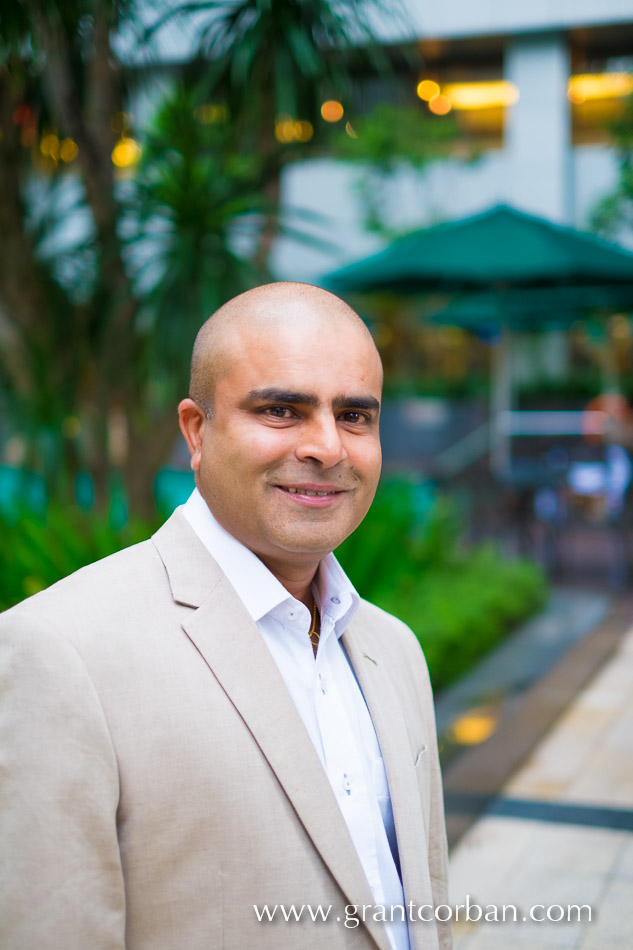
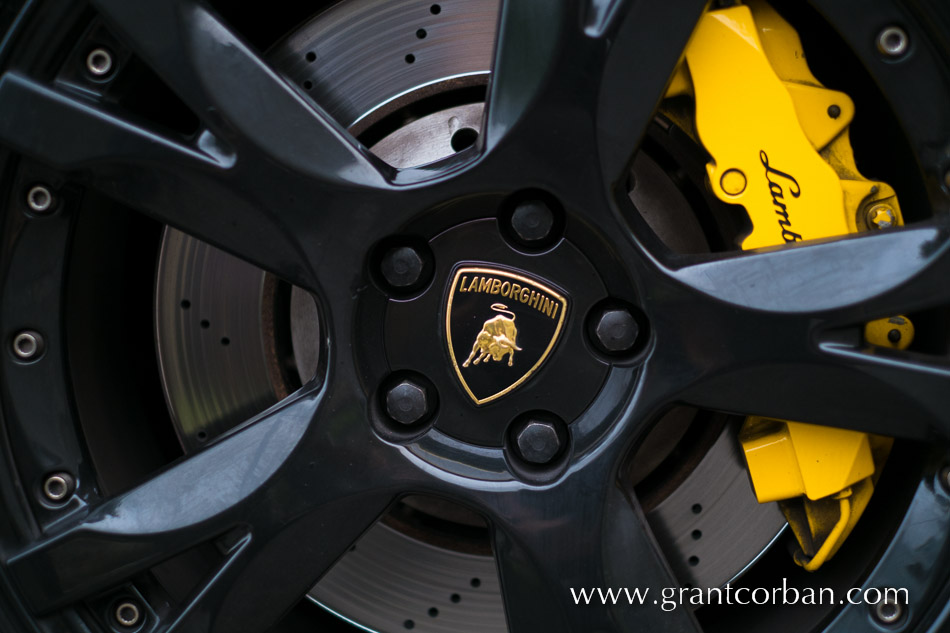
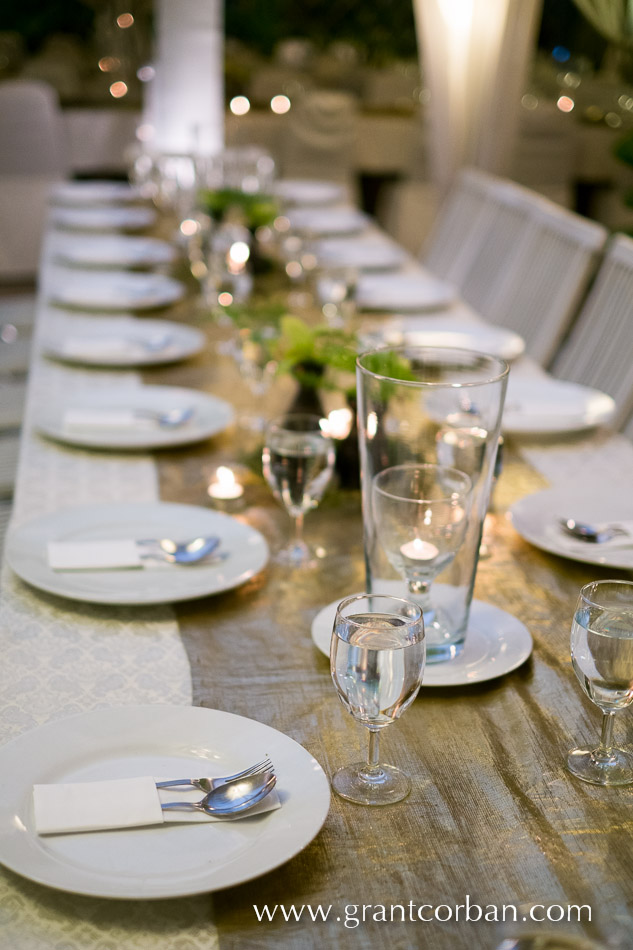


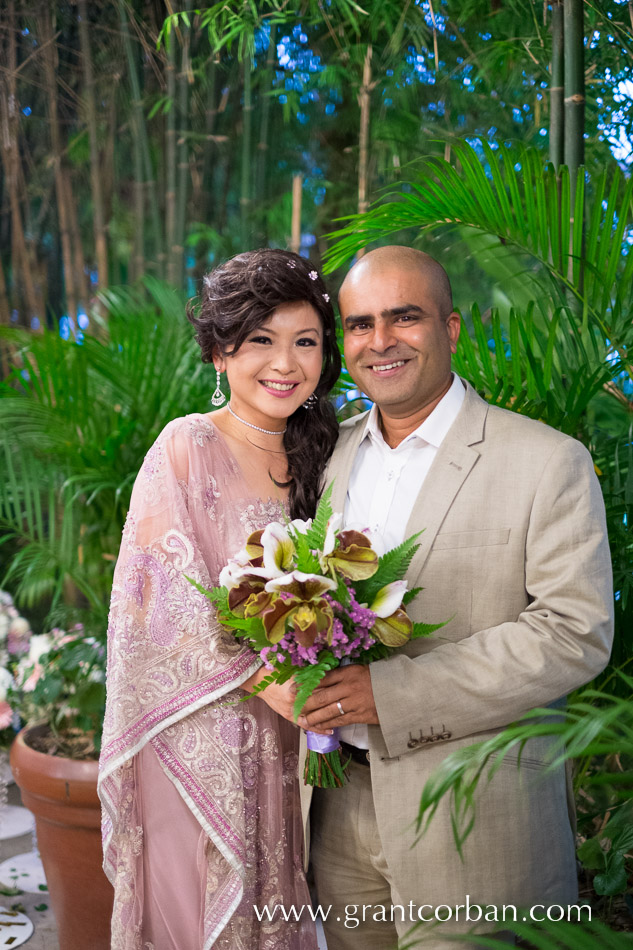
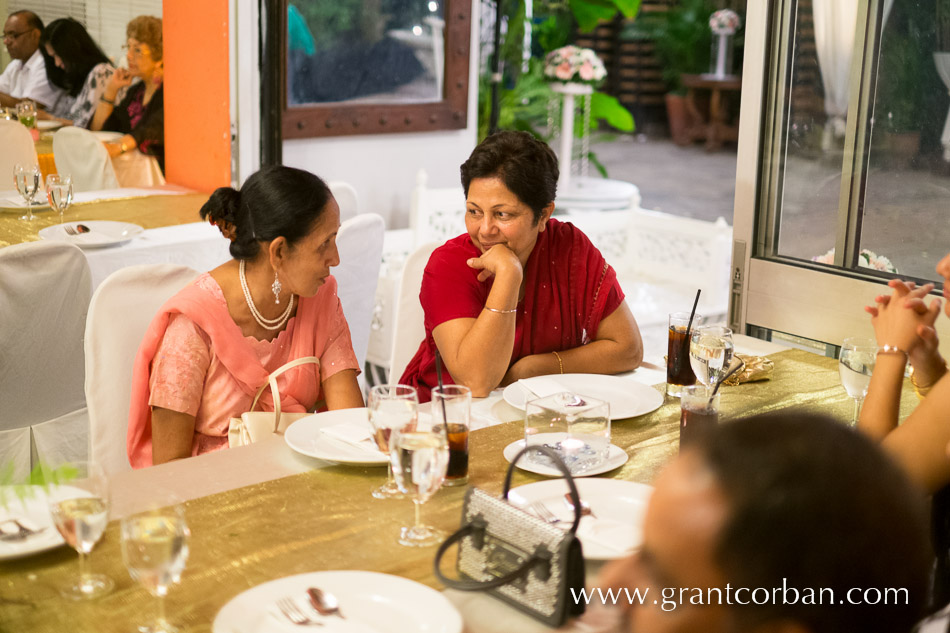
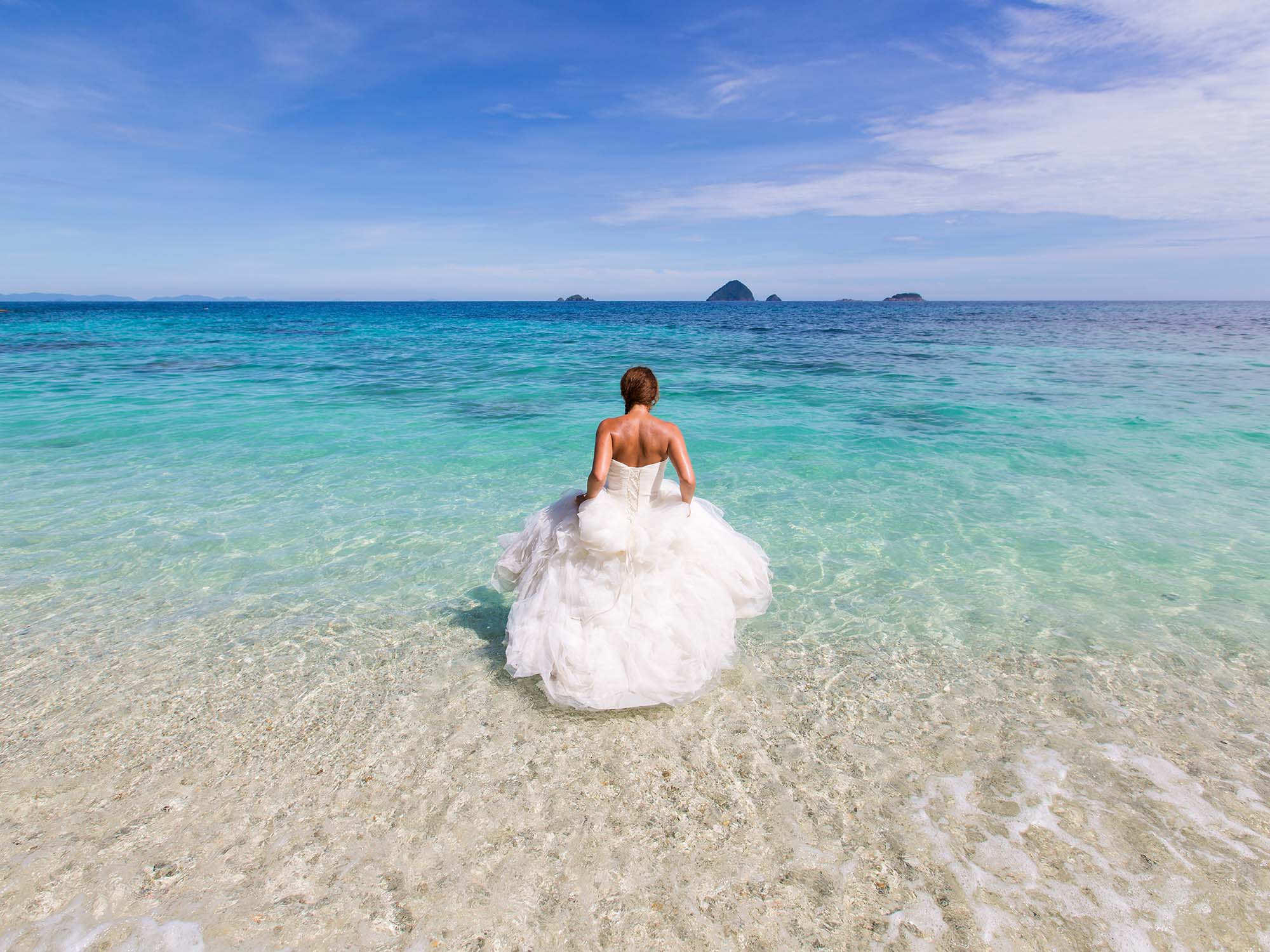


 Thank you!! Cheers! ~Evelyn”
Thank you!! Cheers! ~Evelyn”